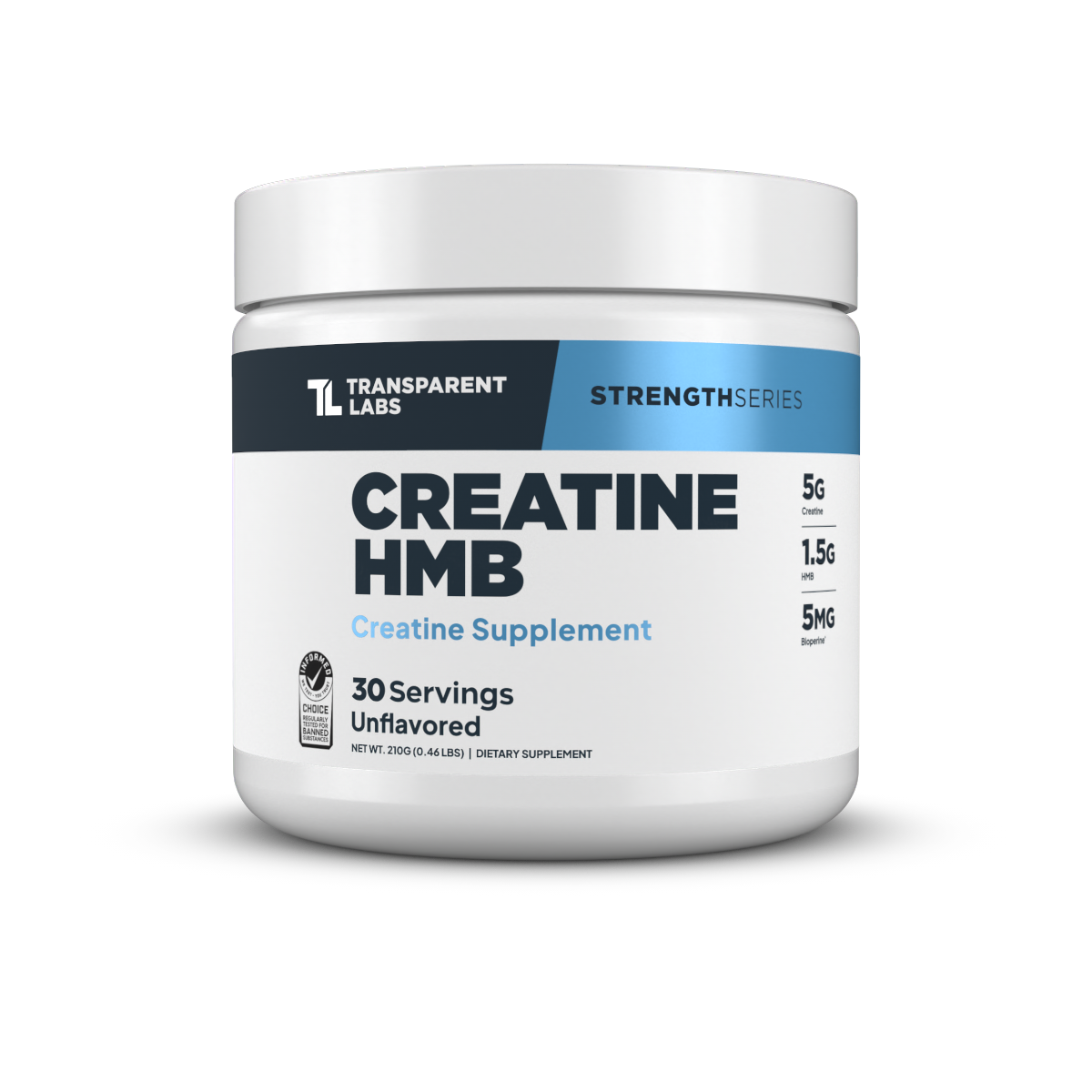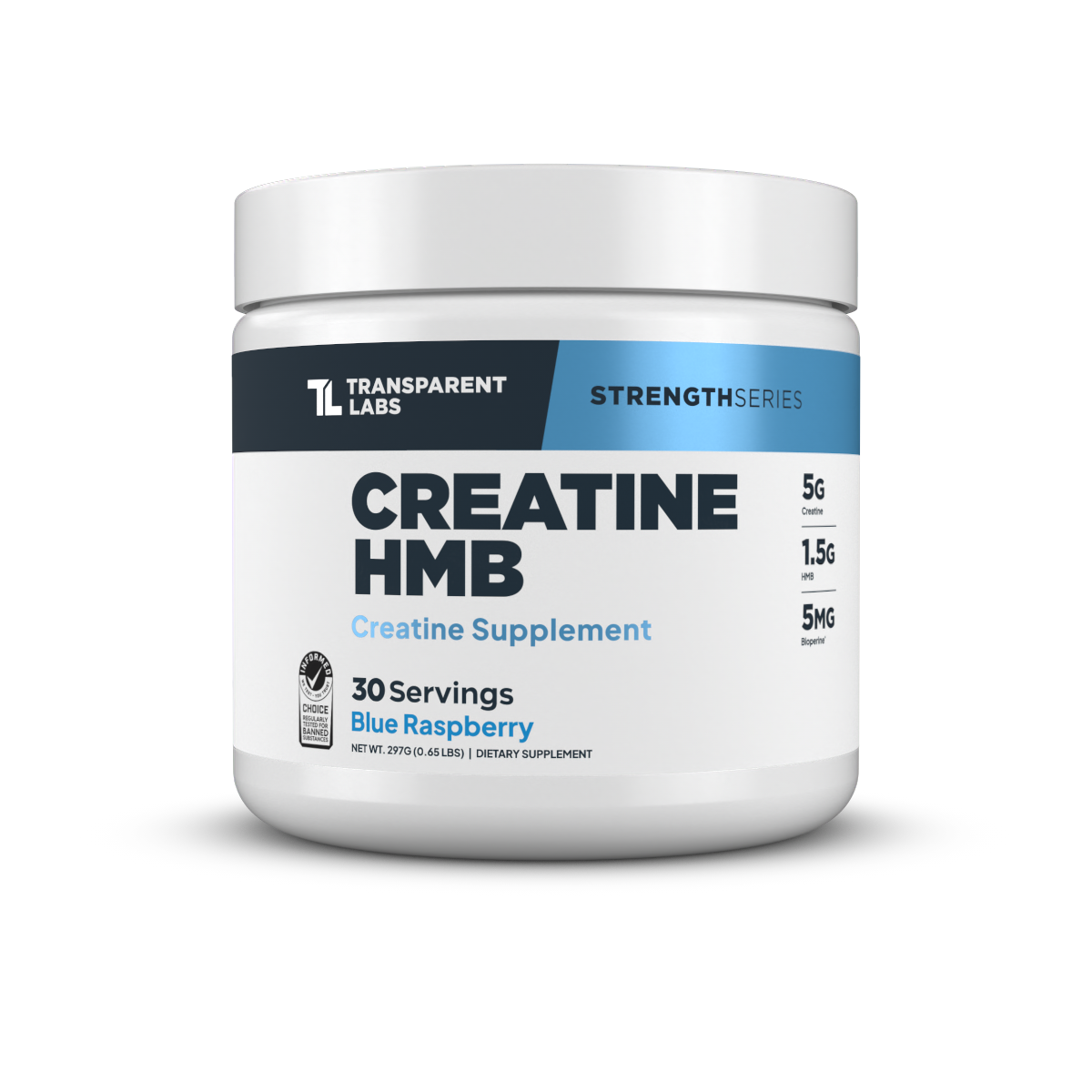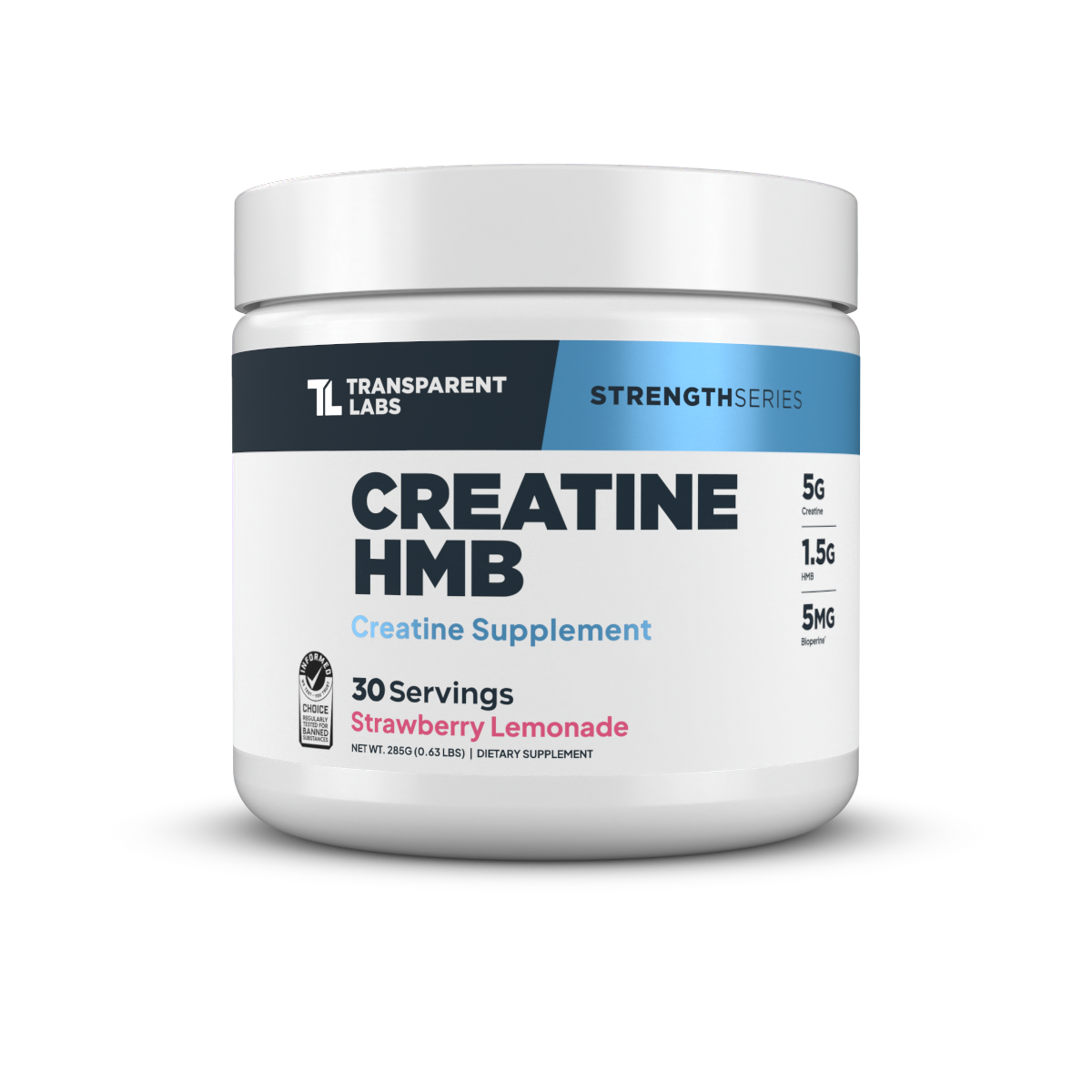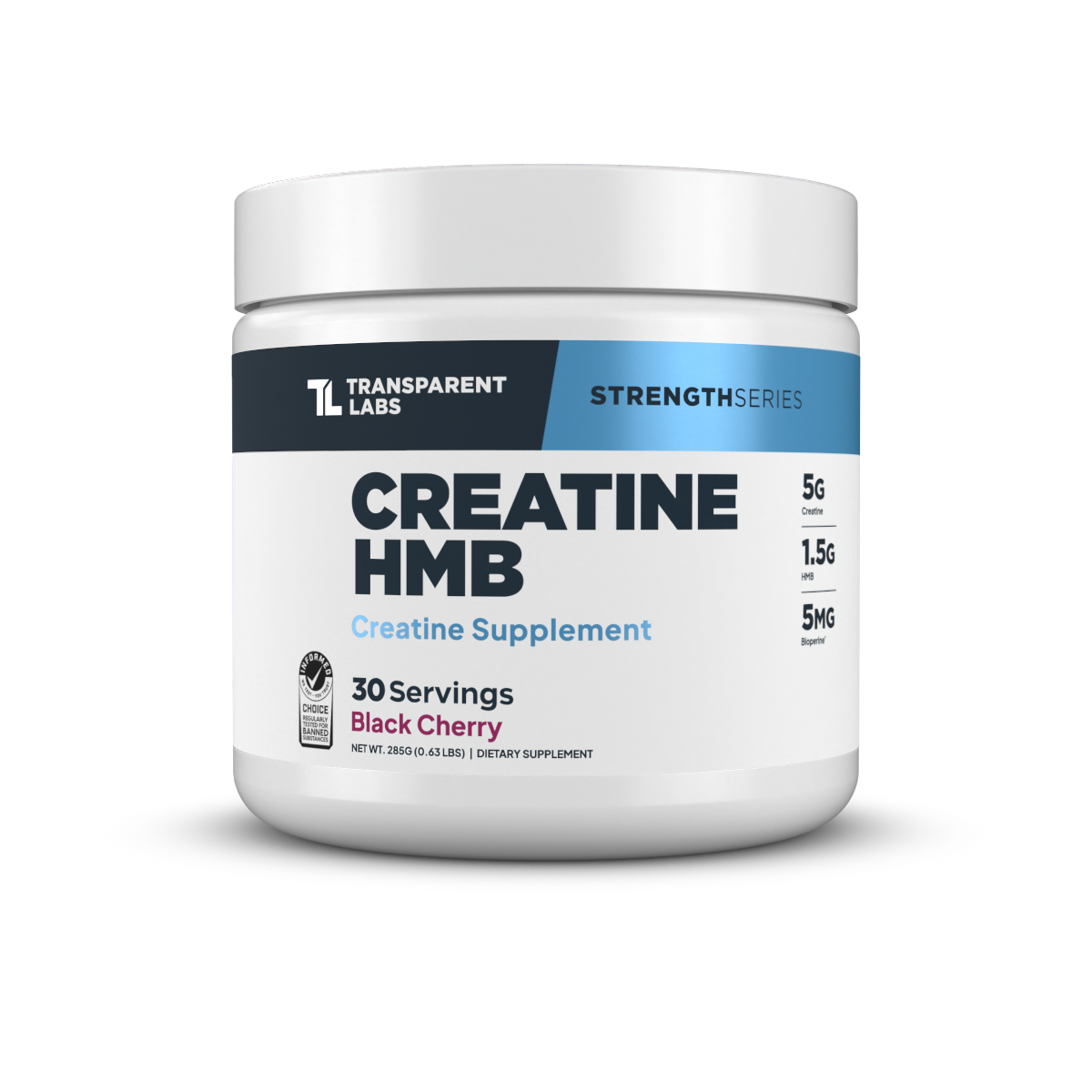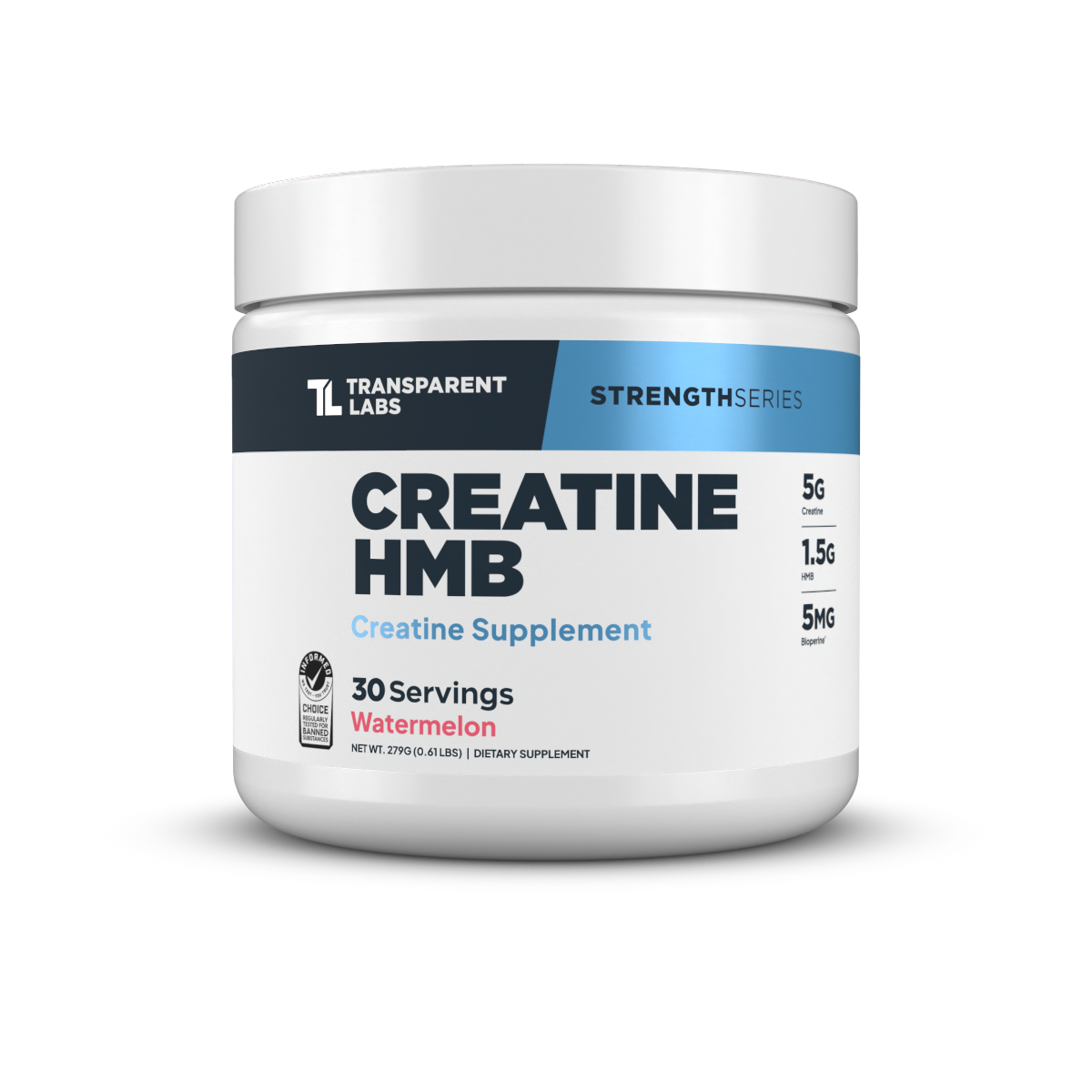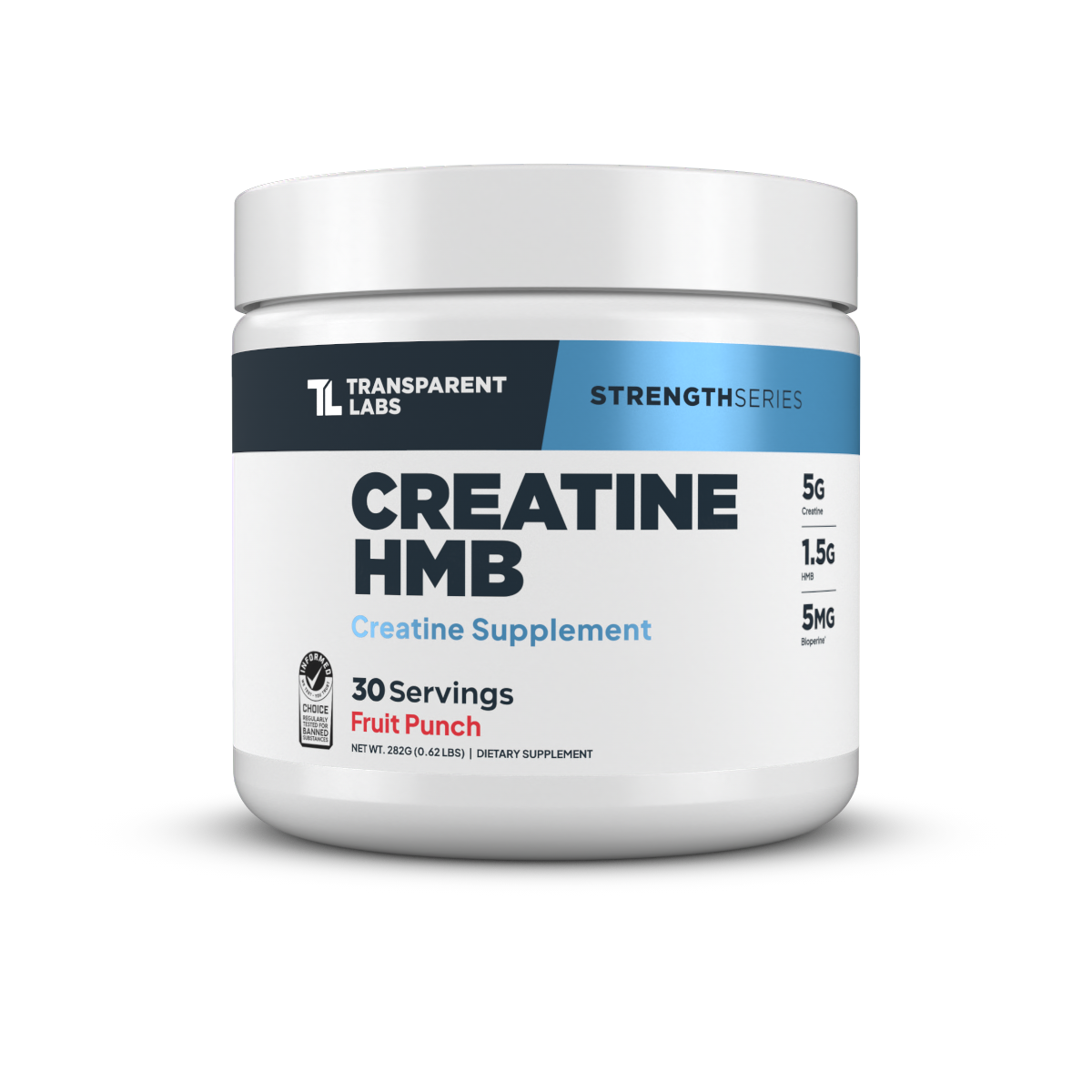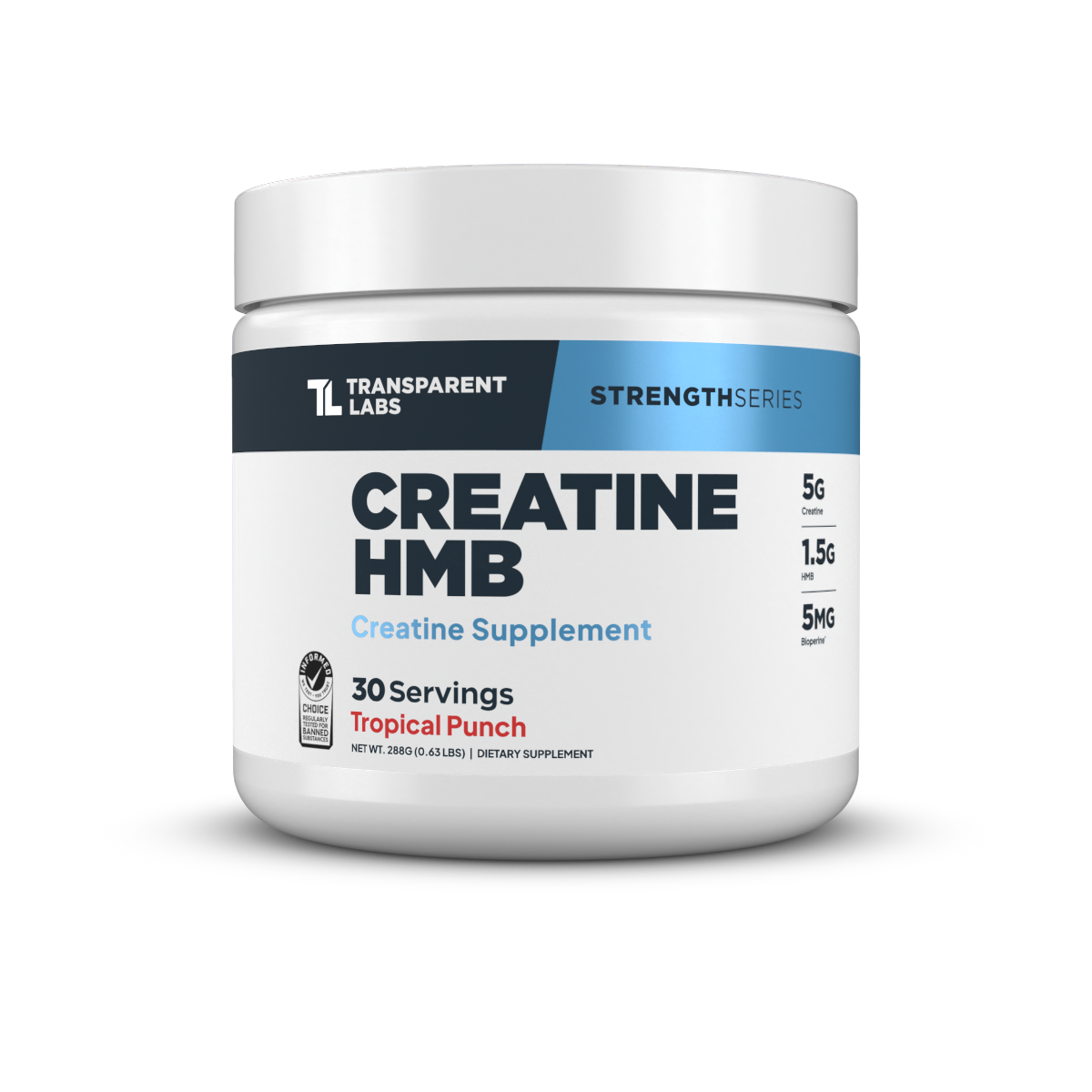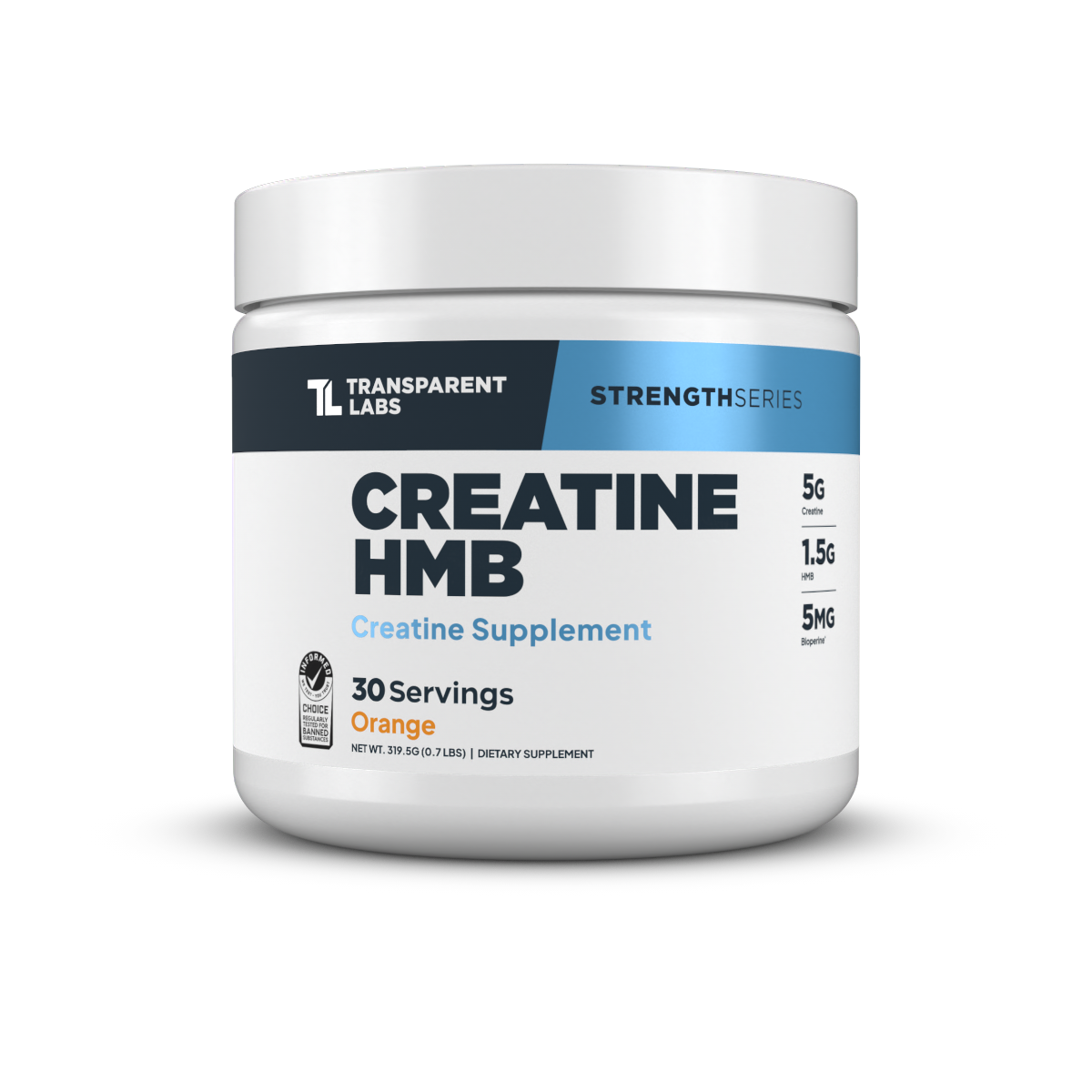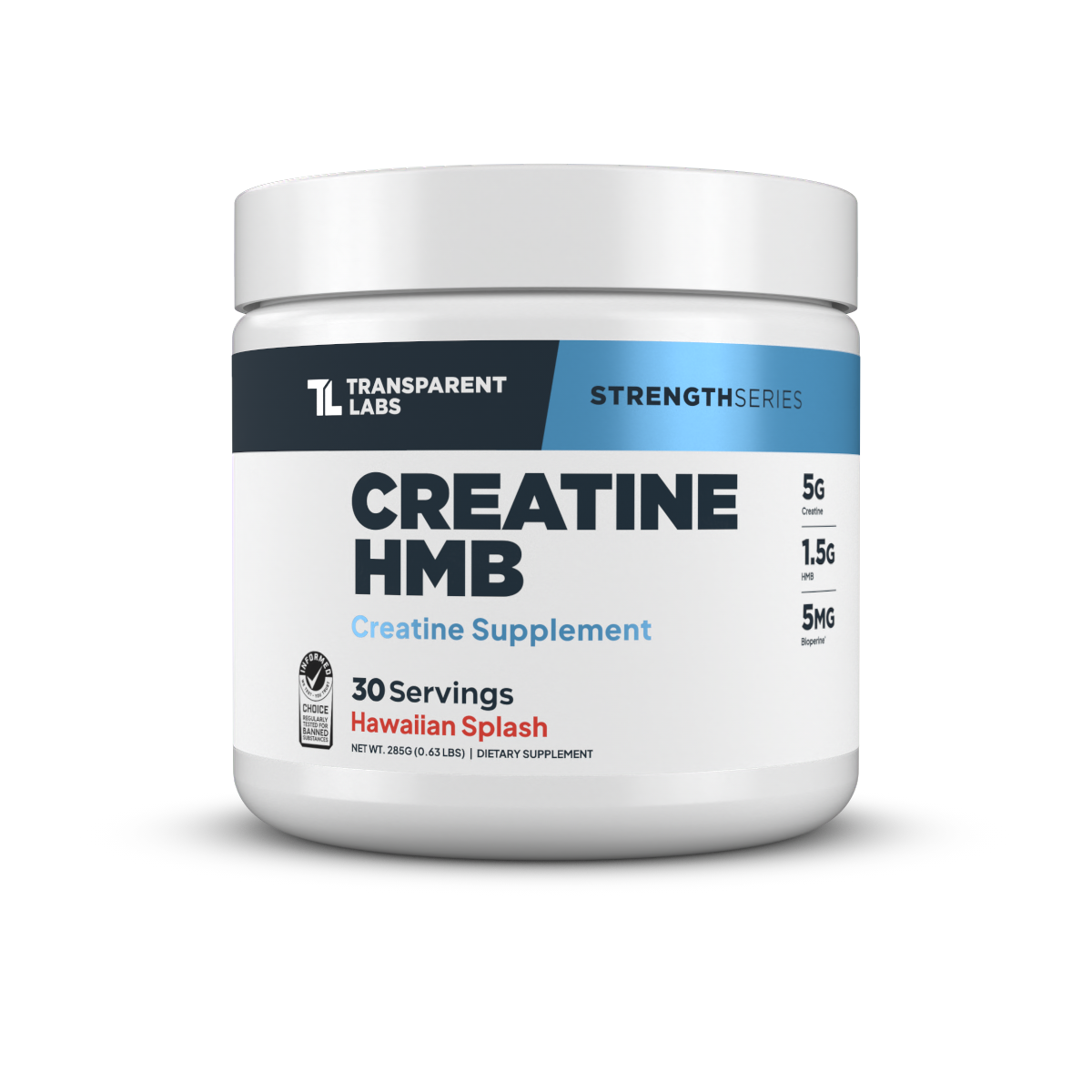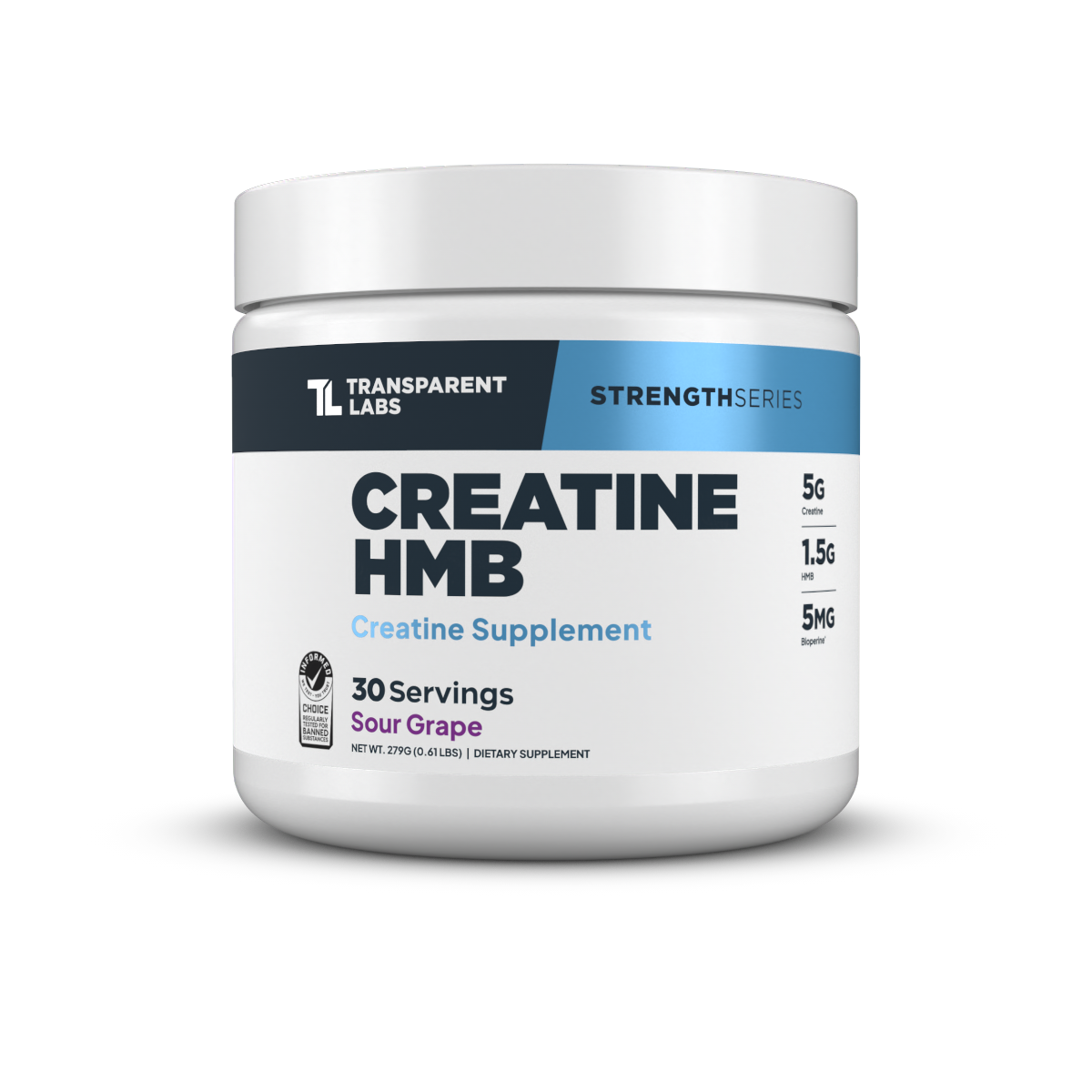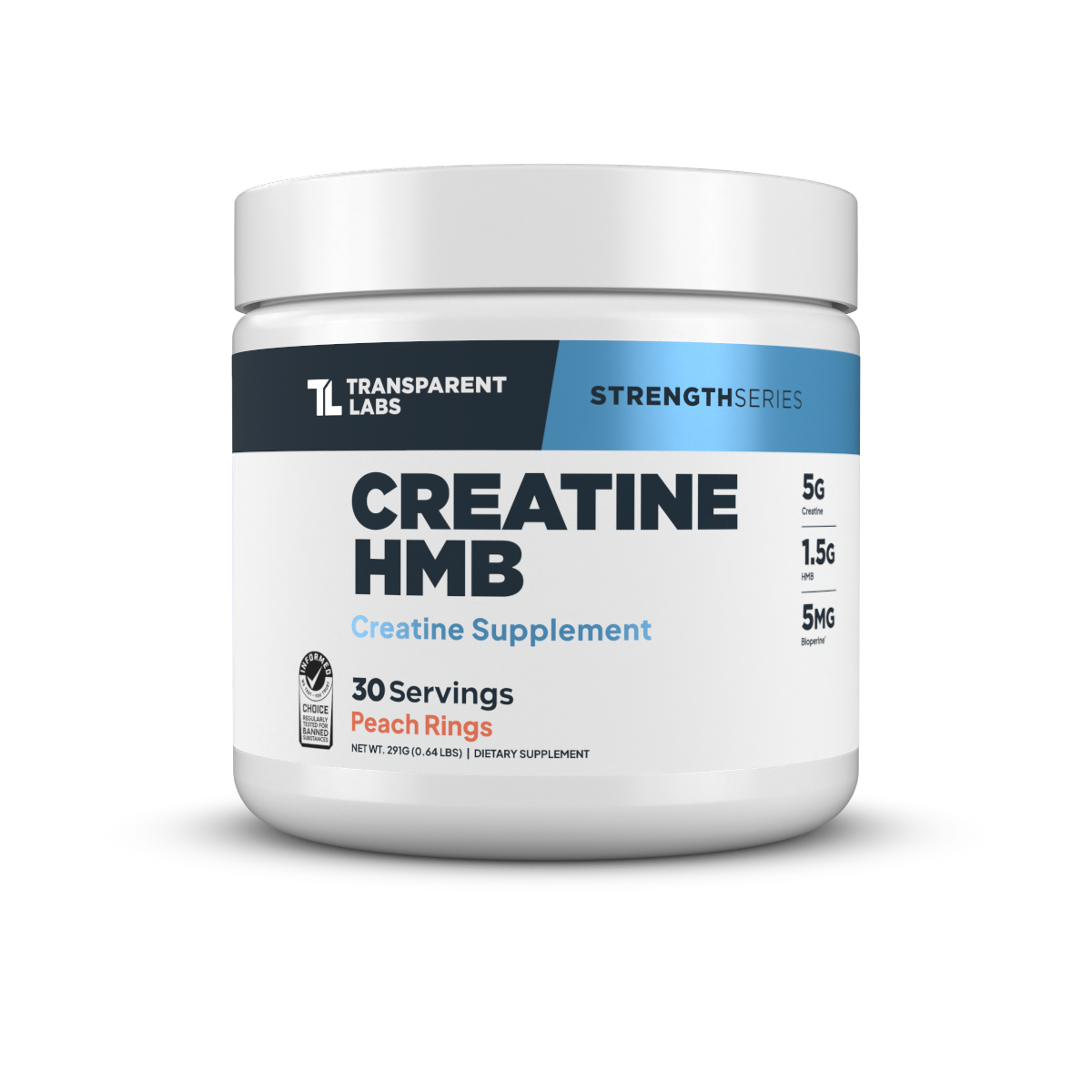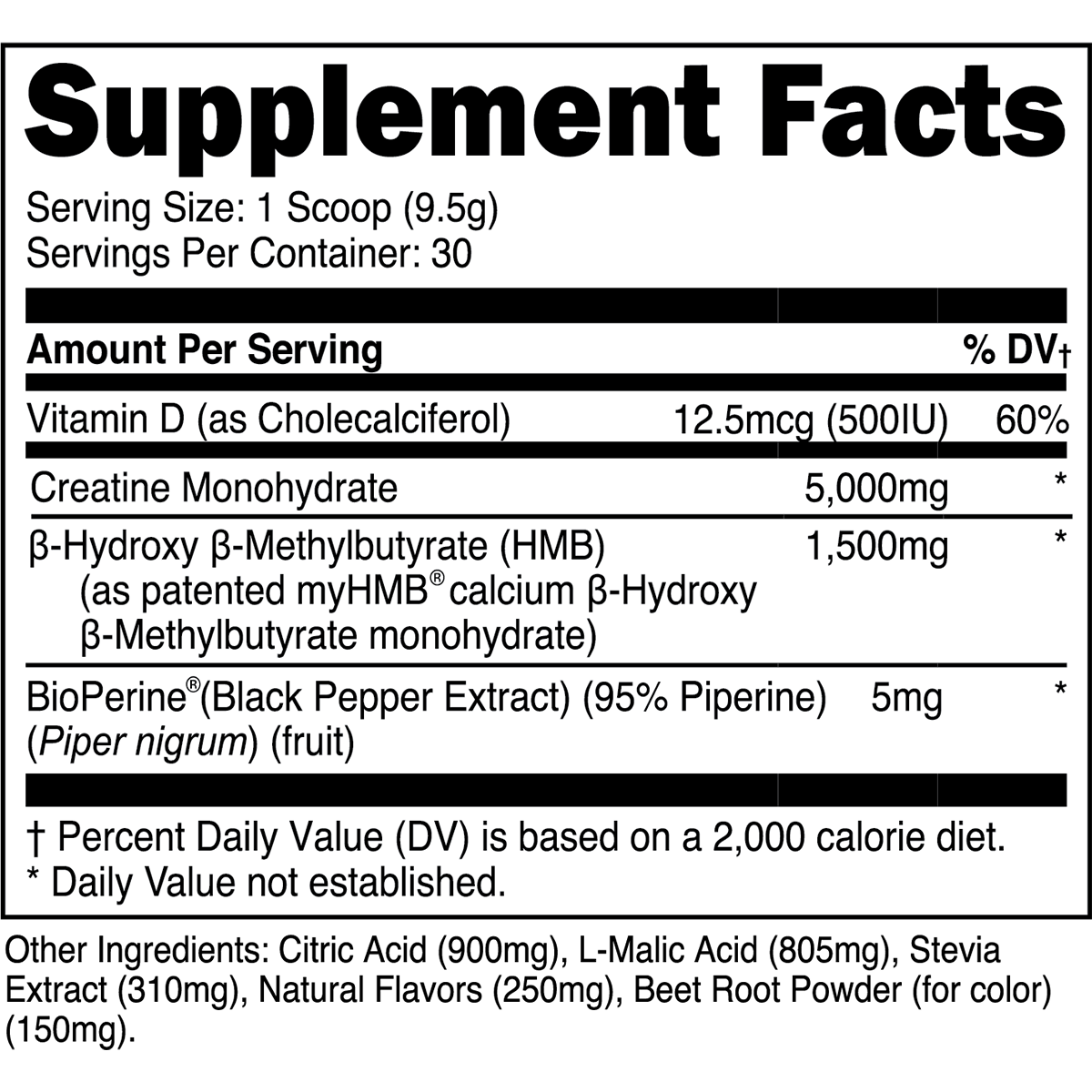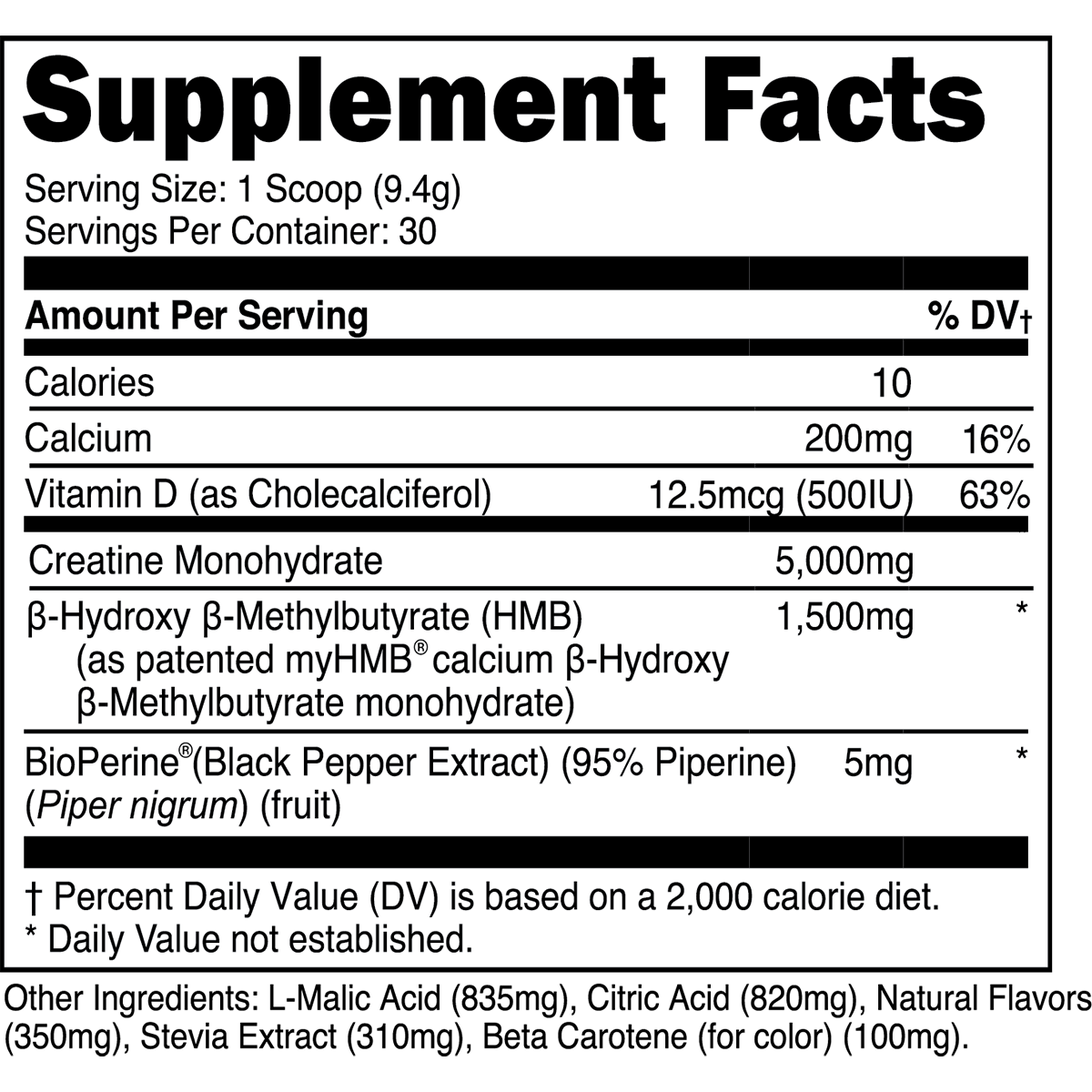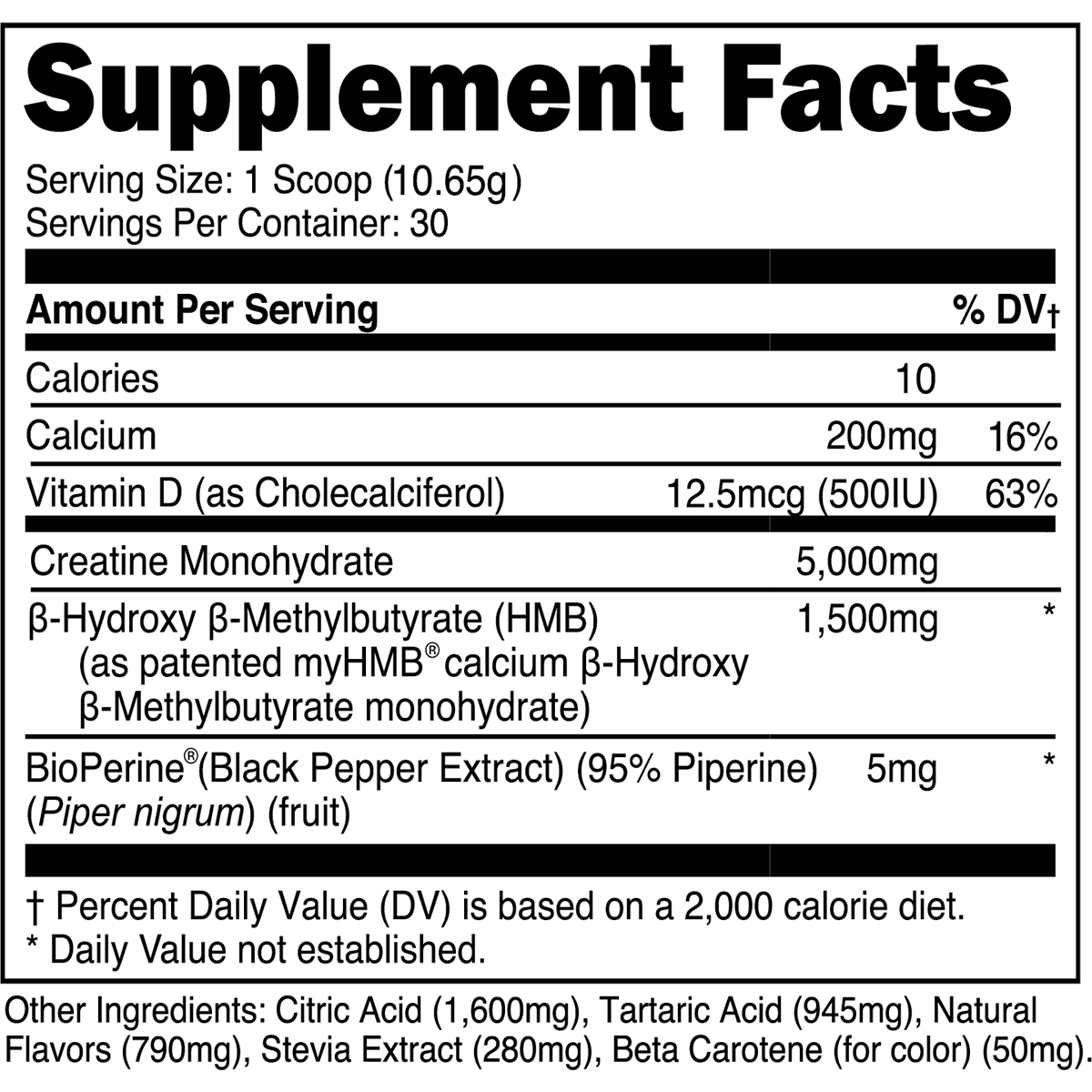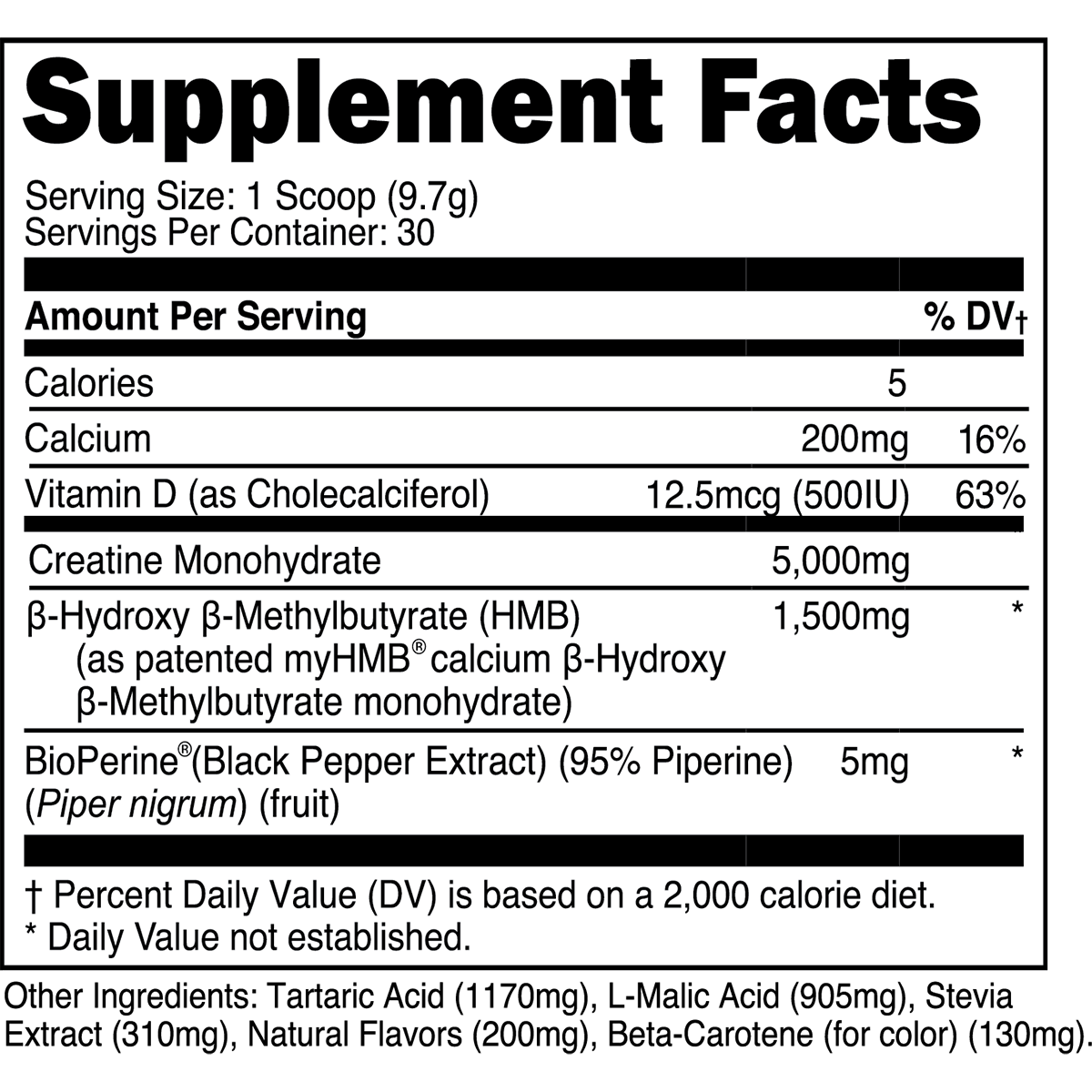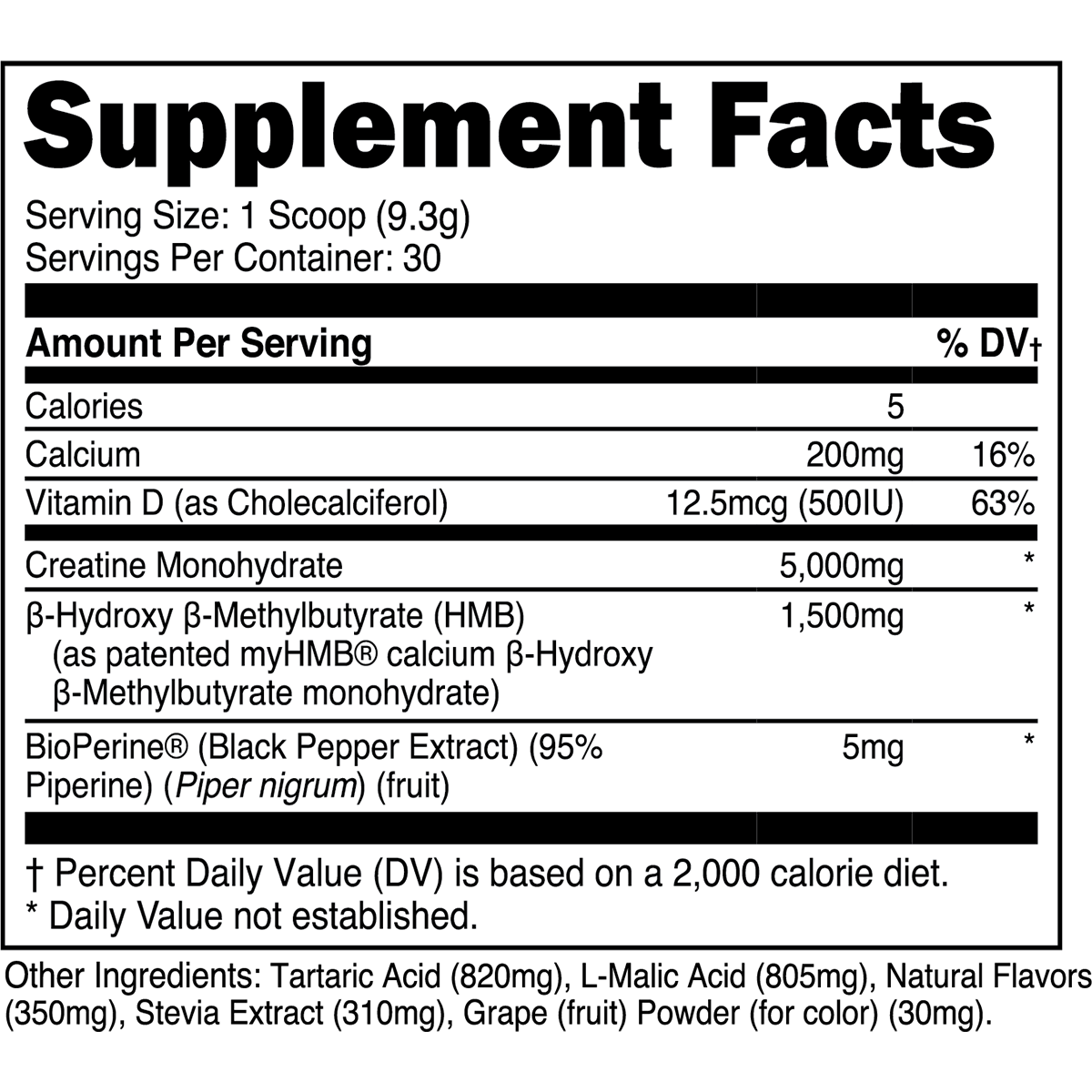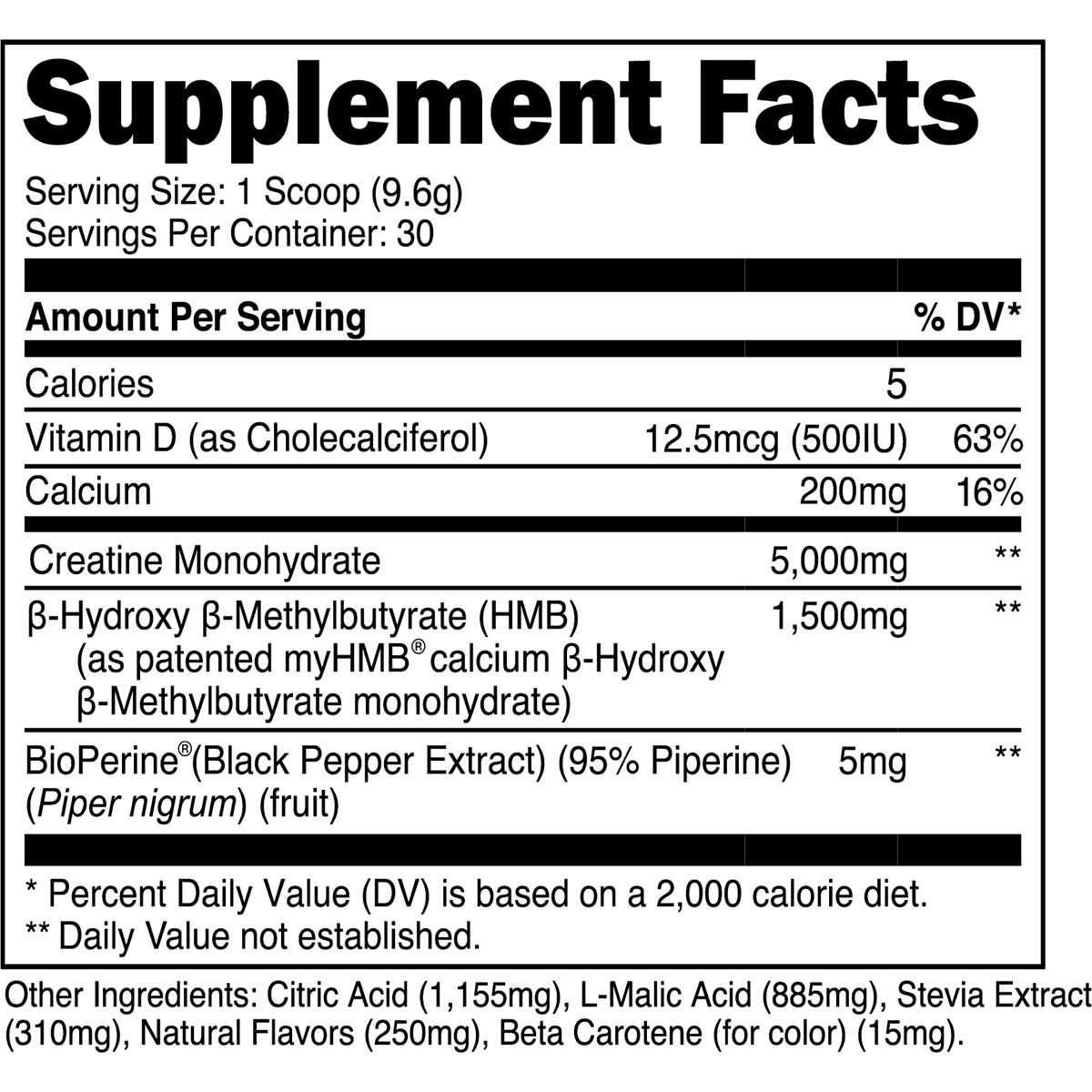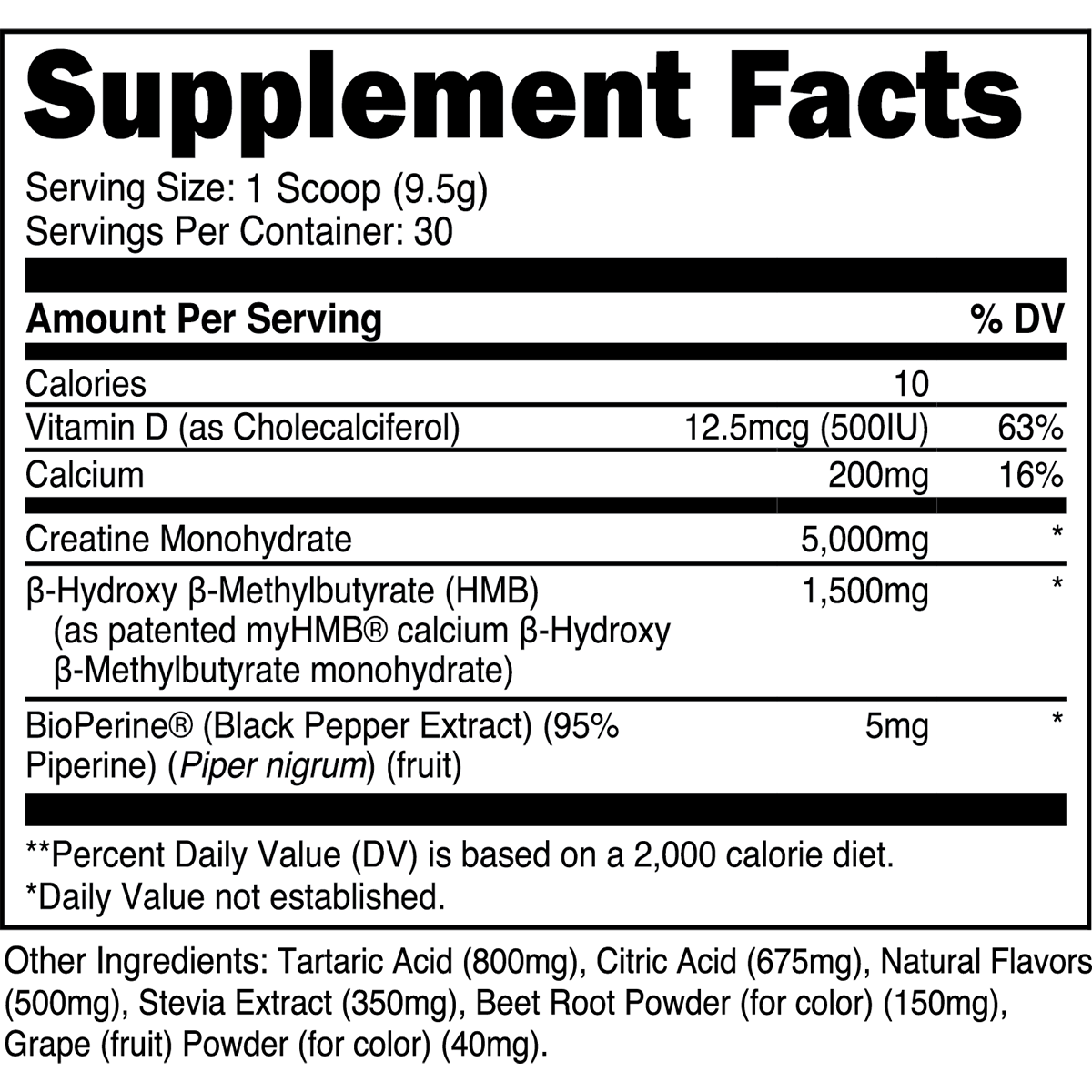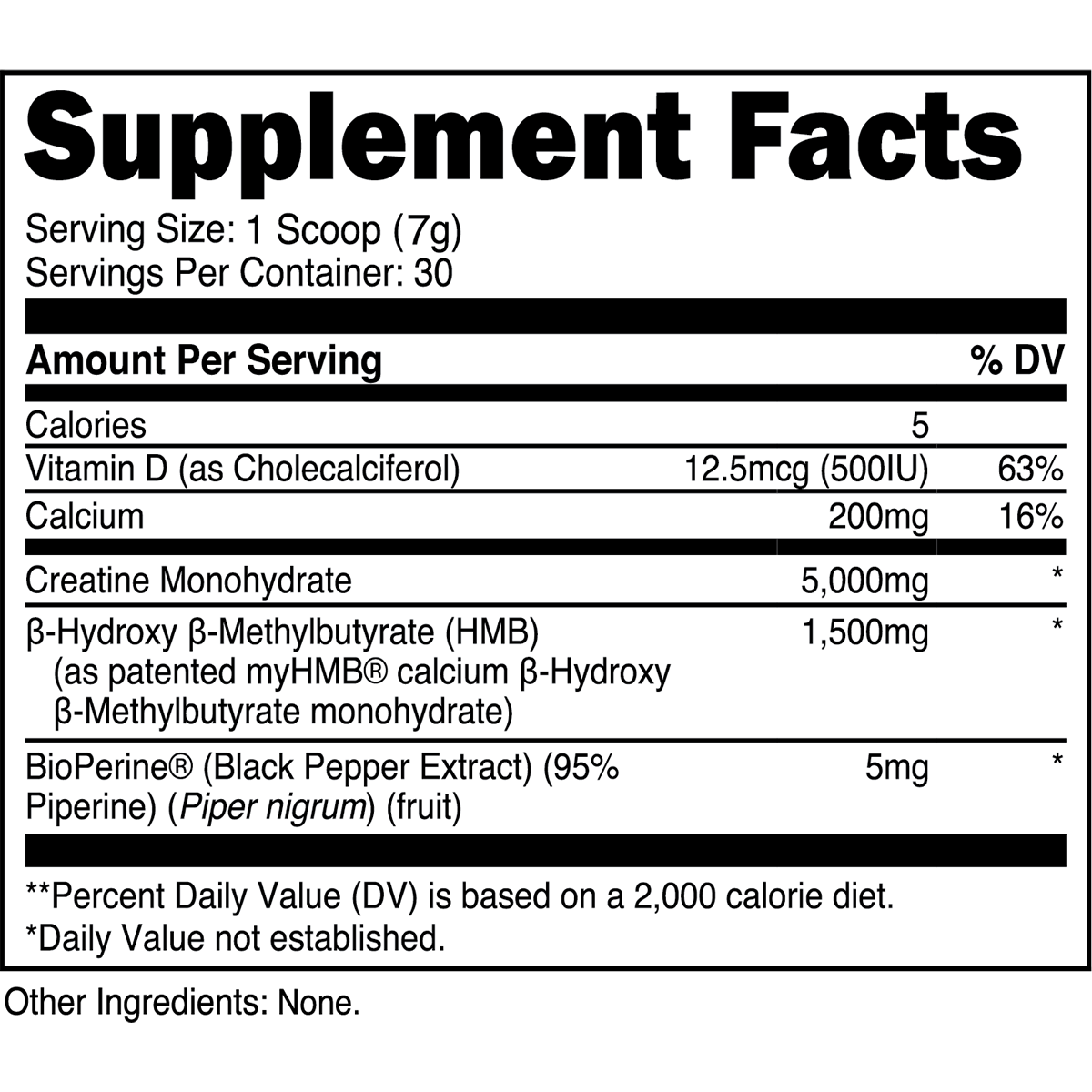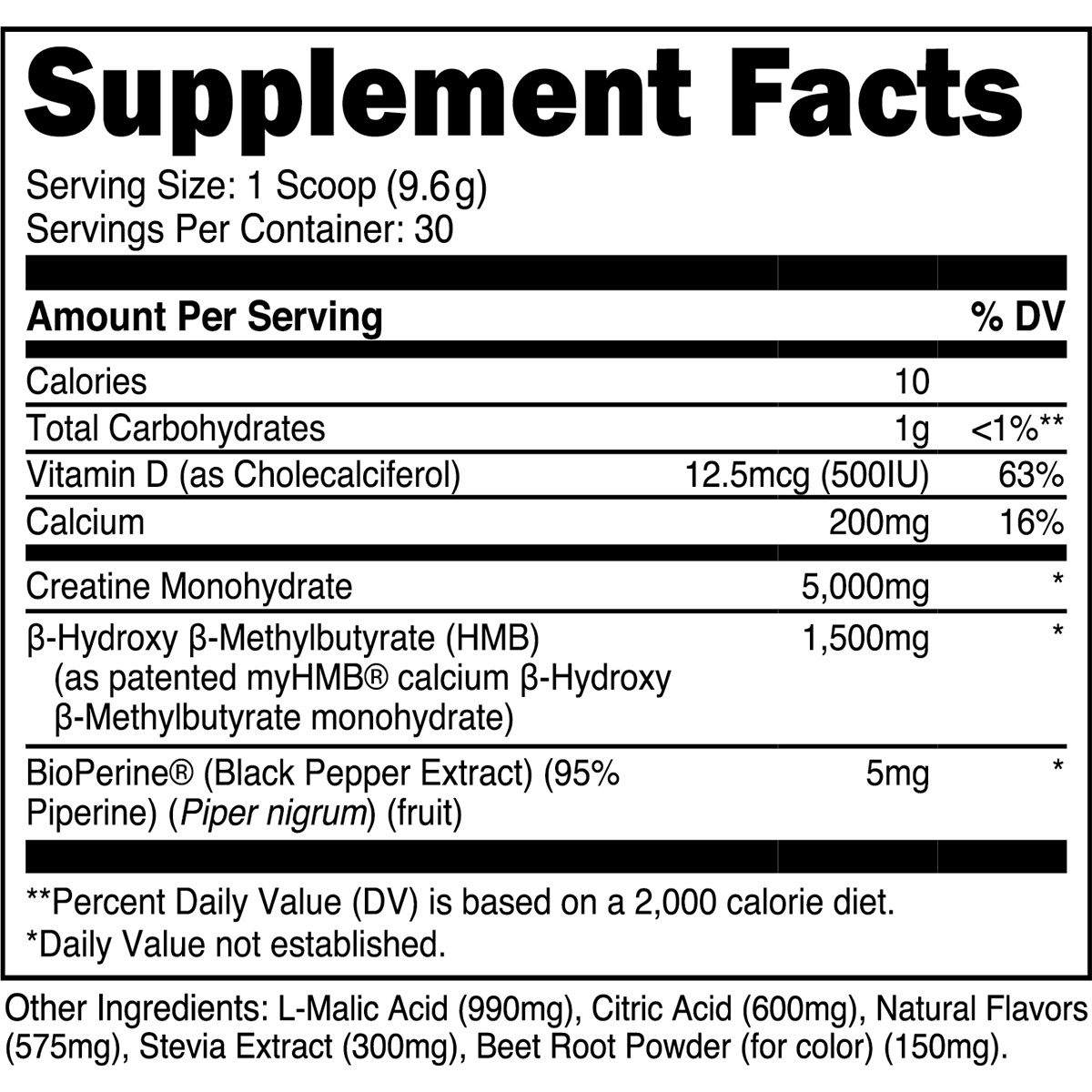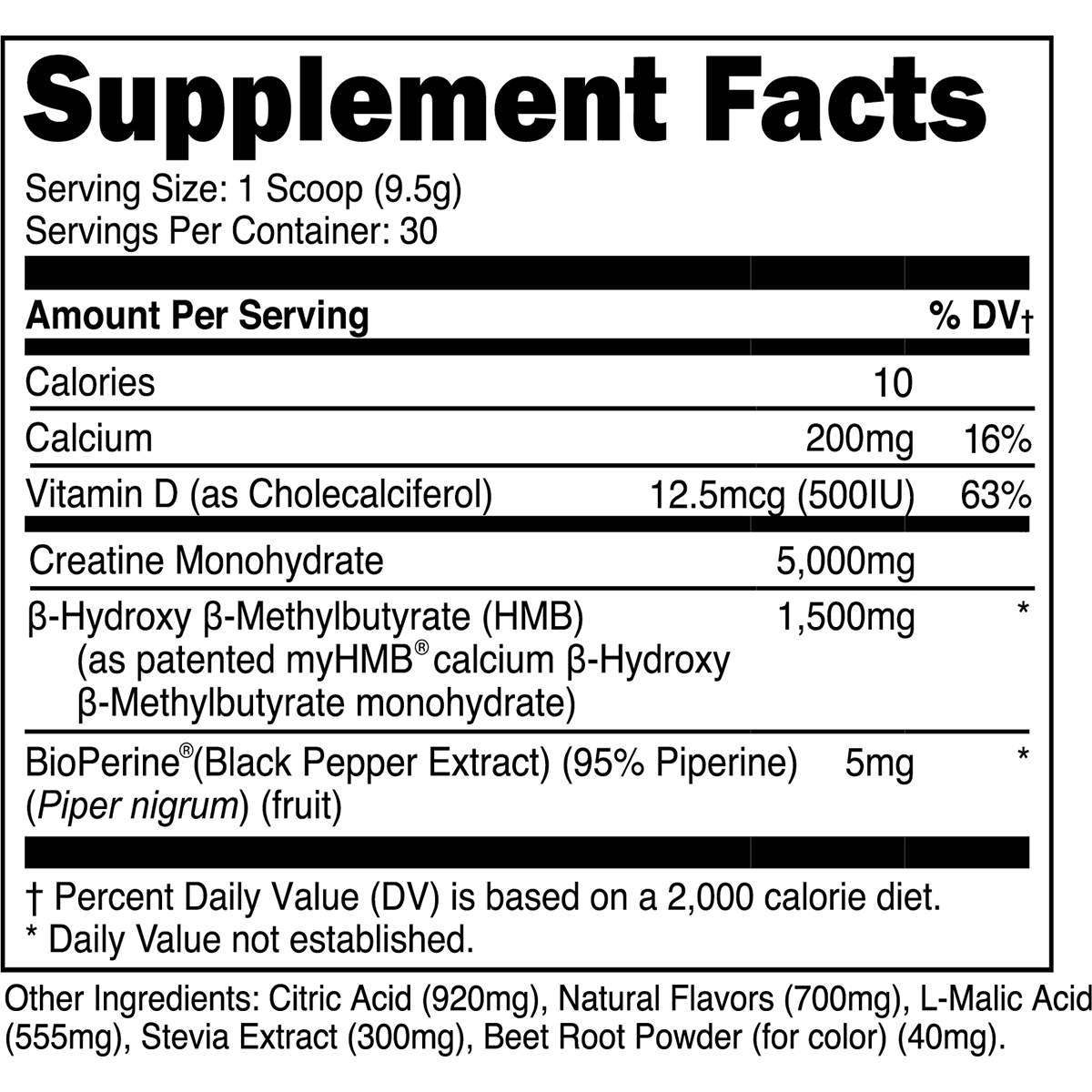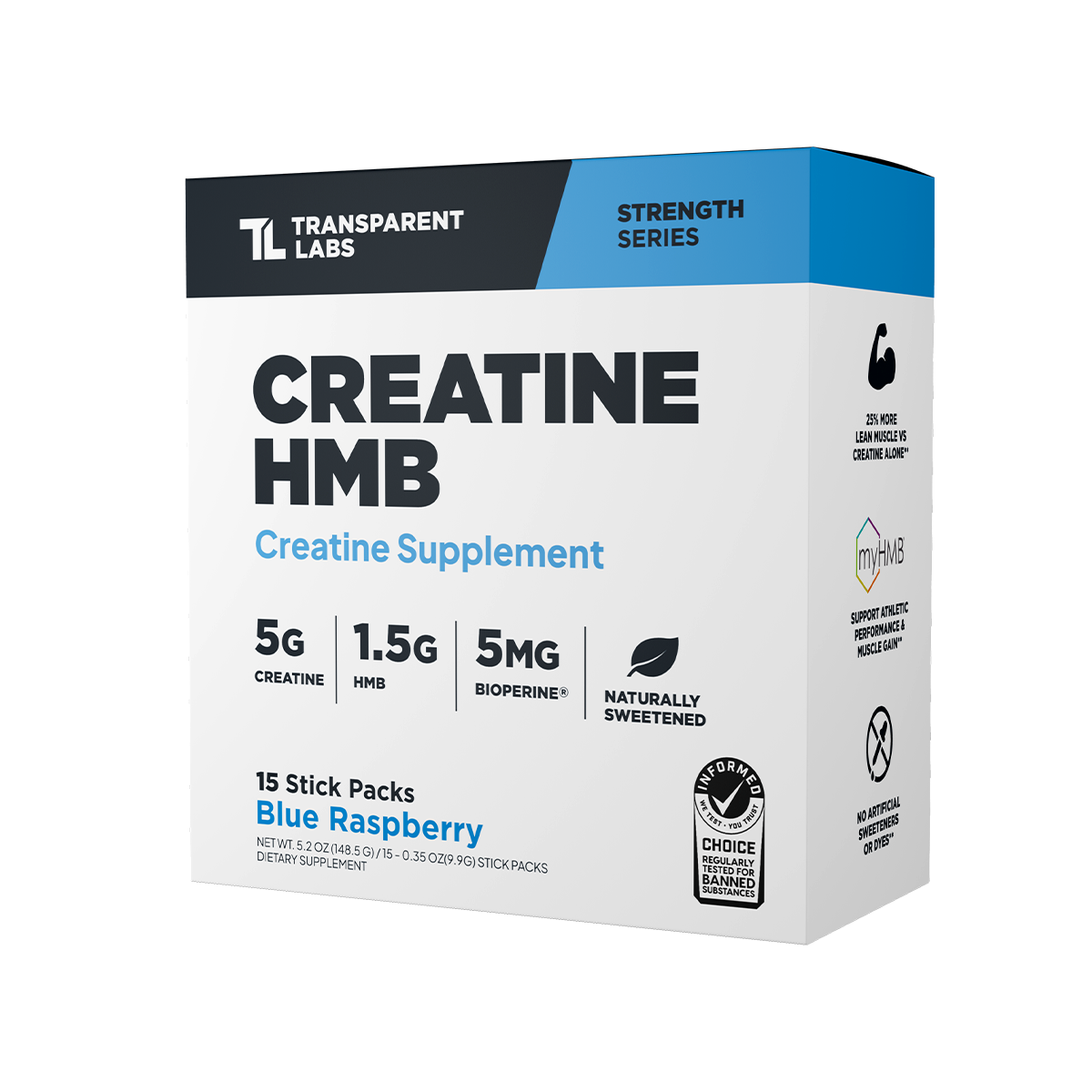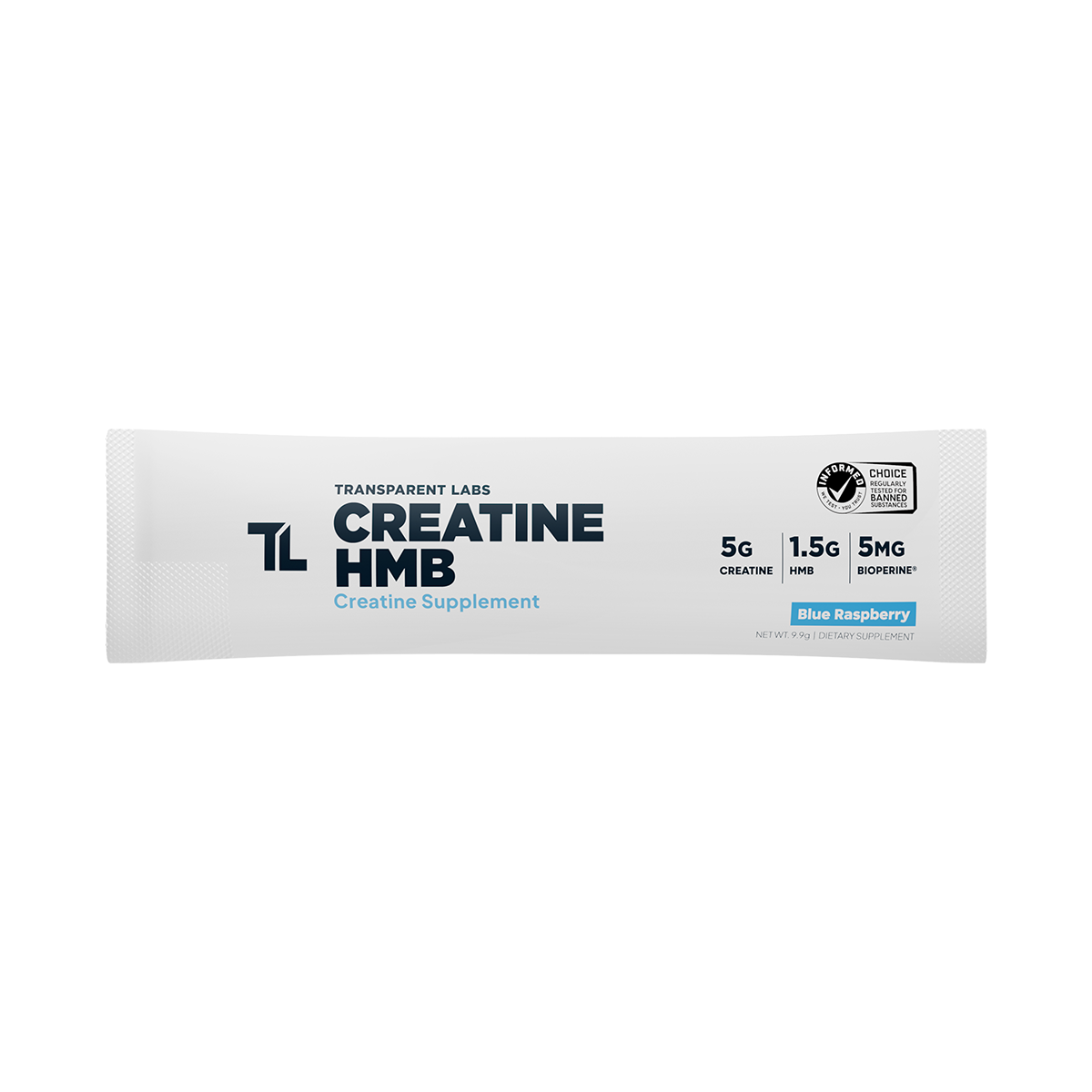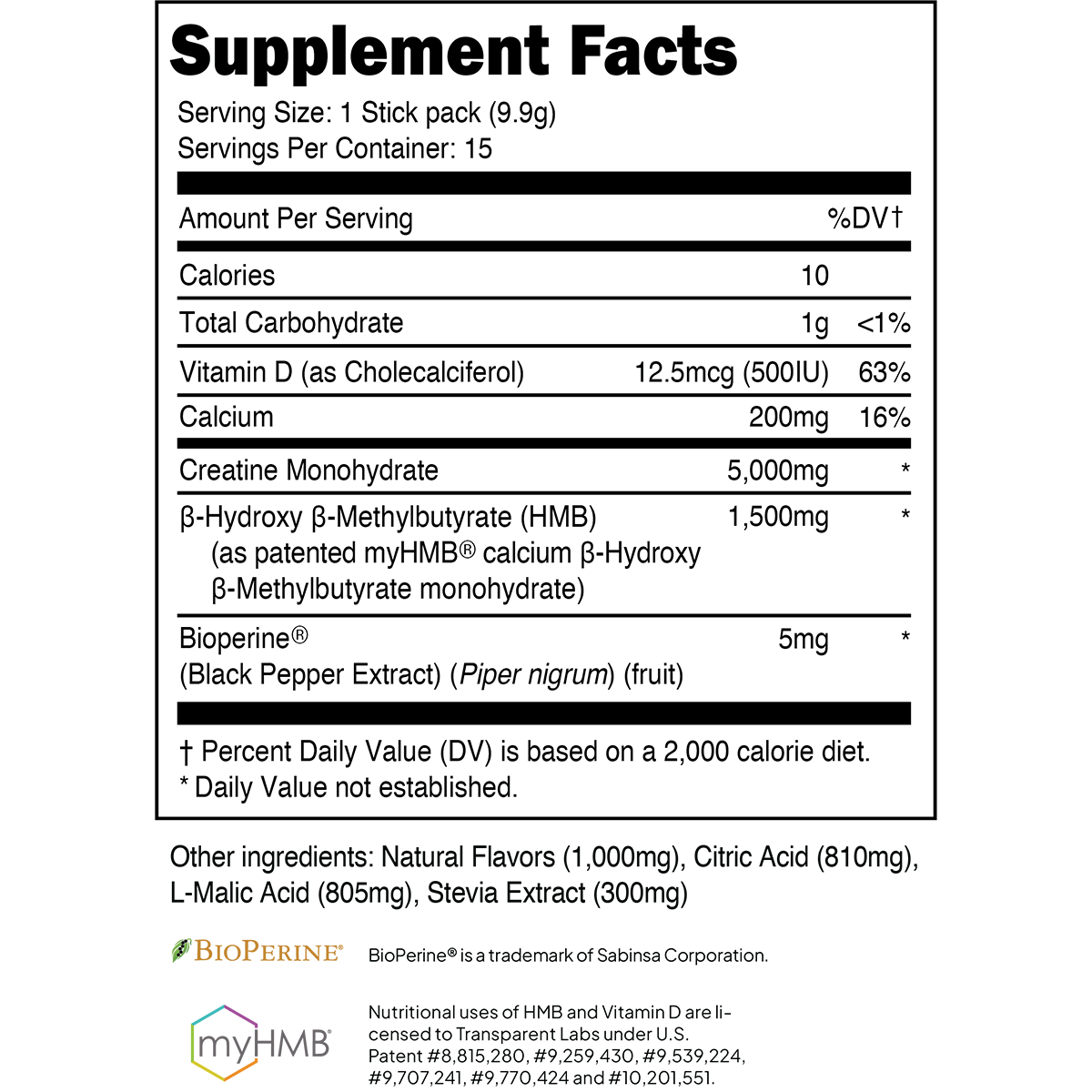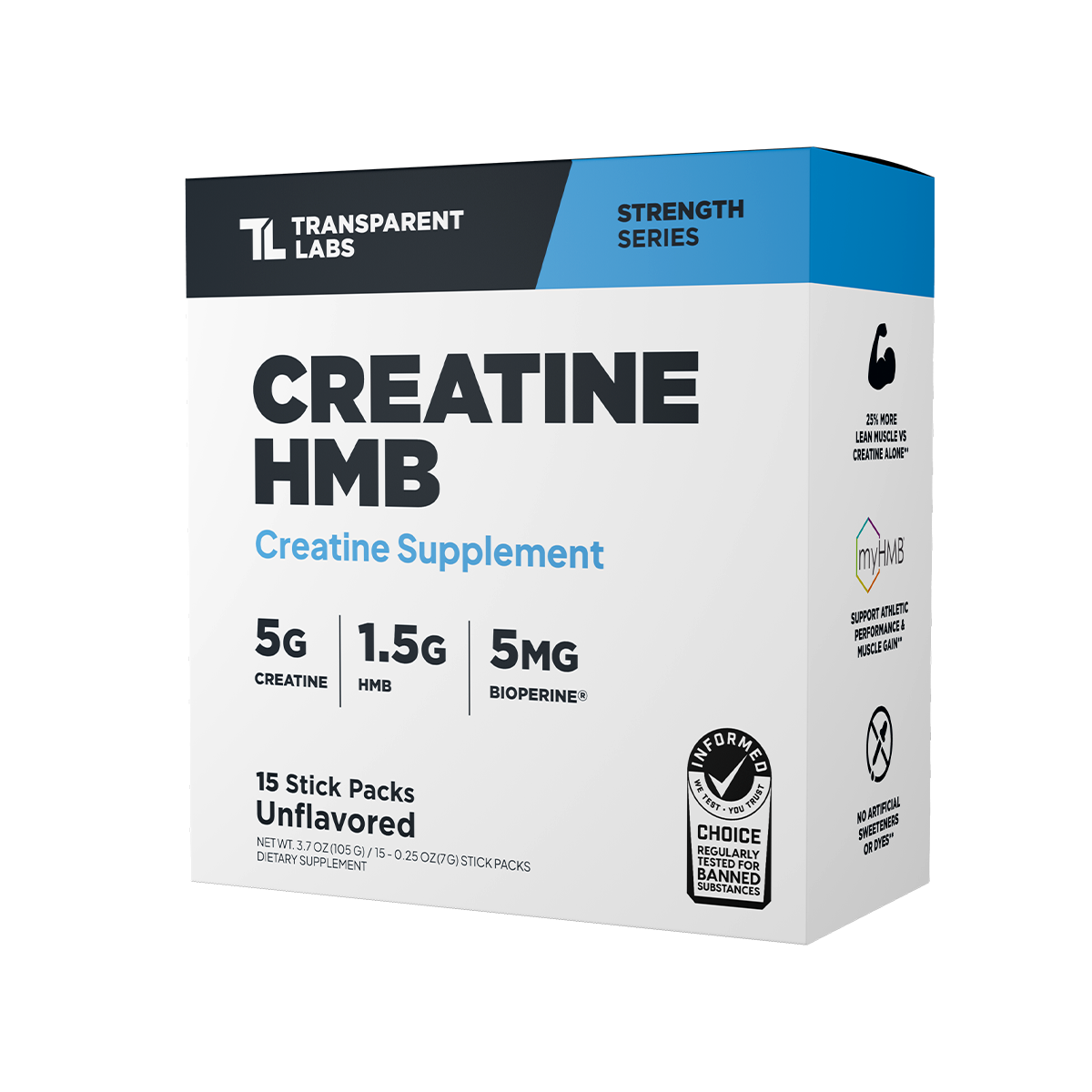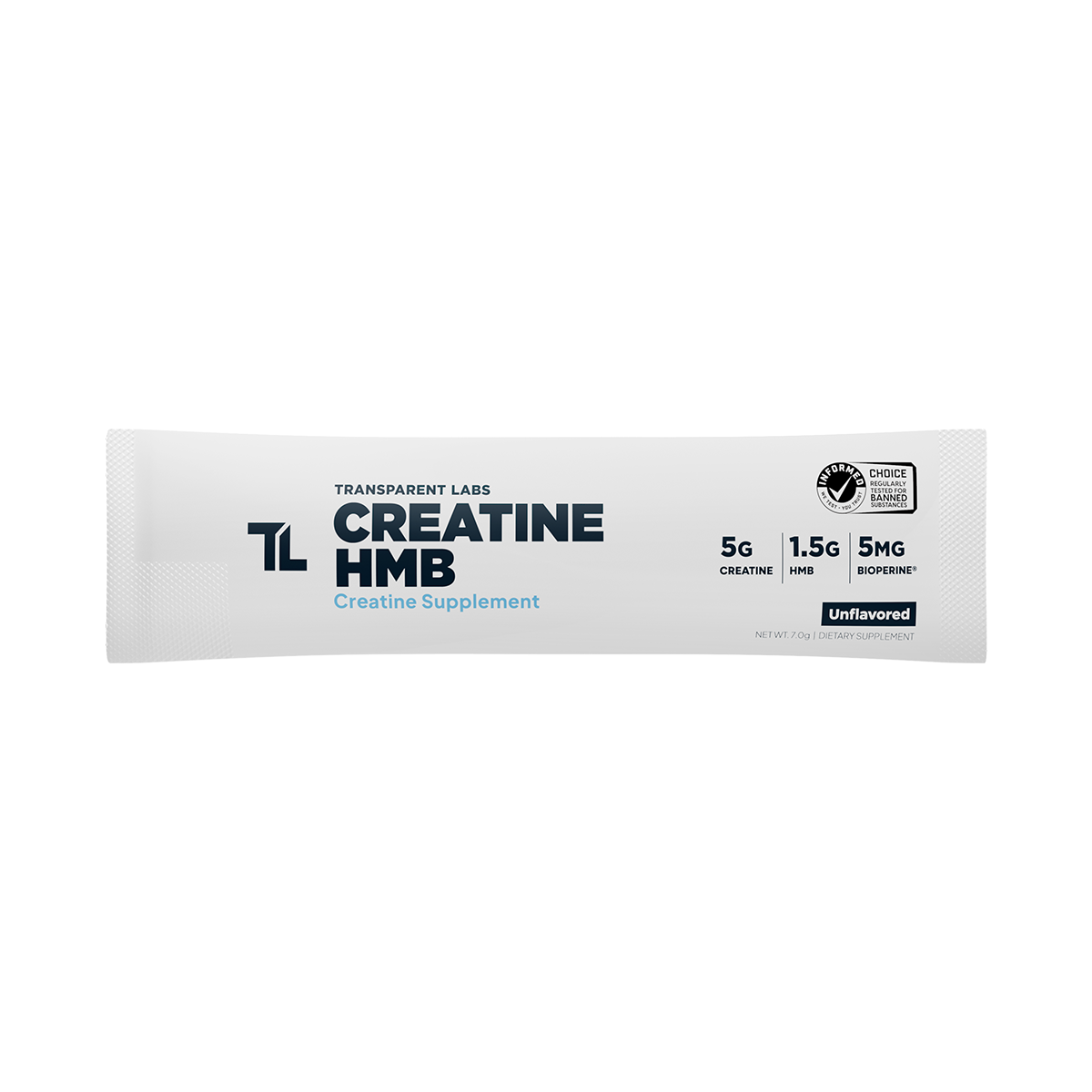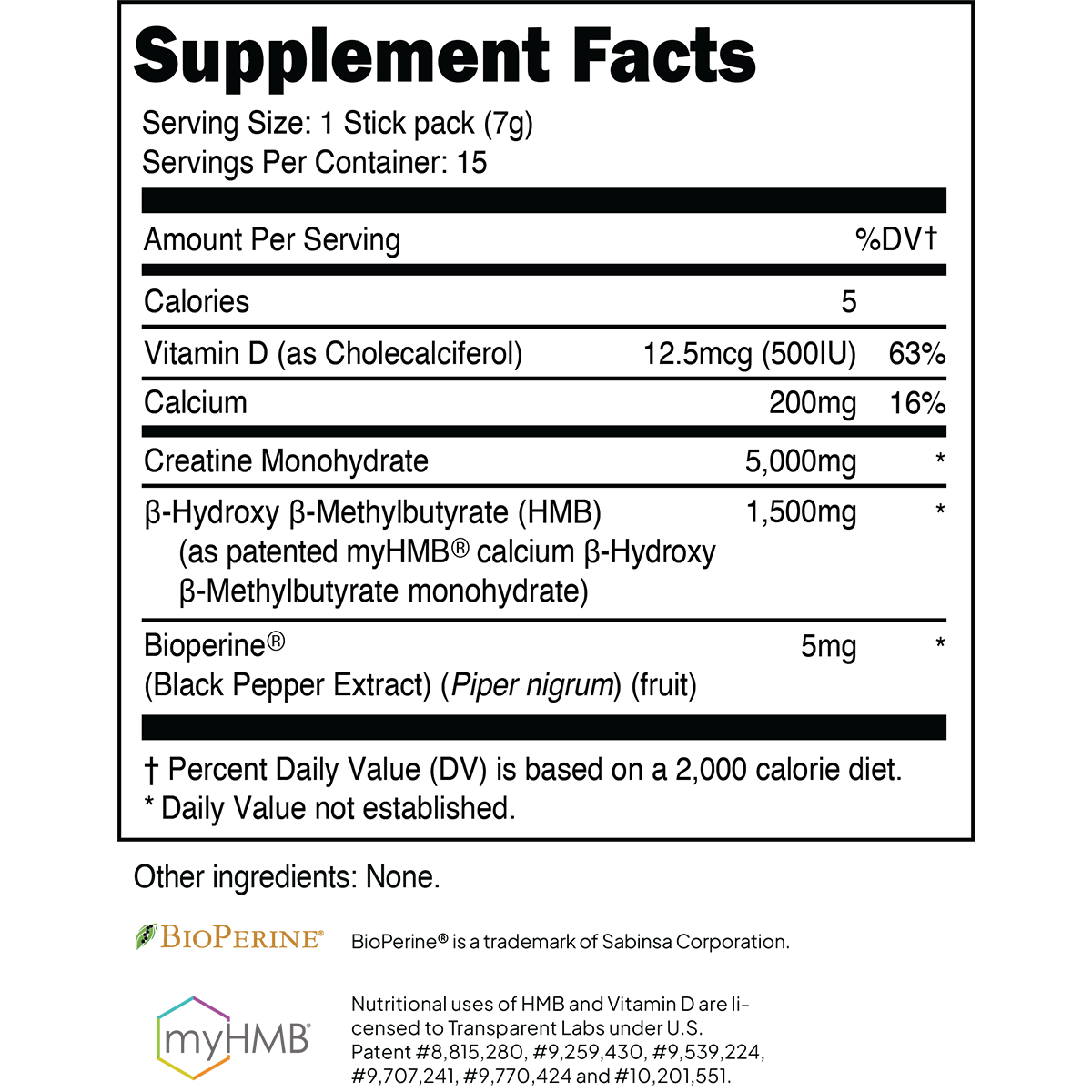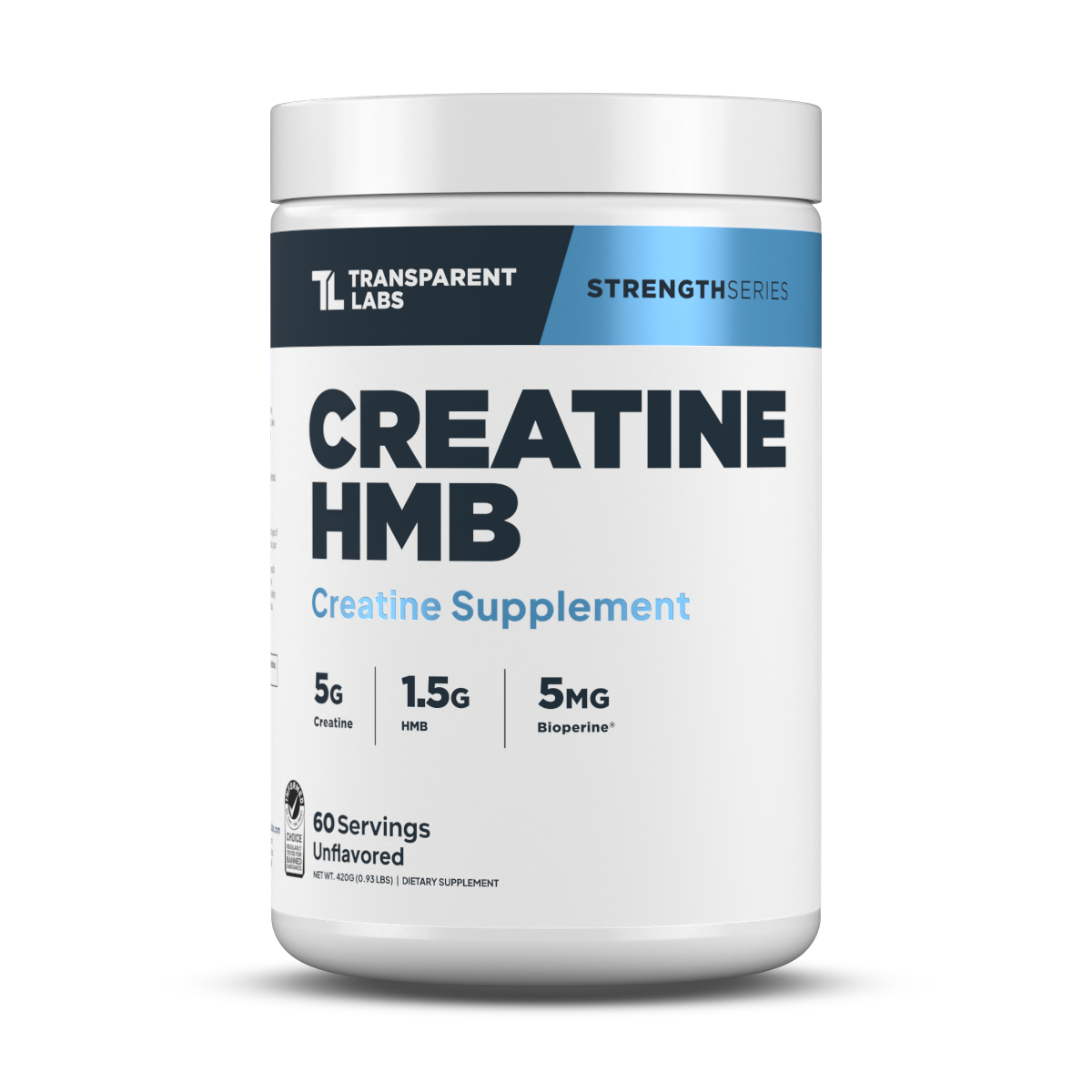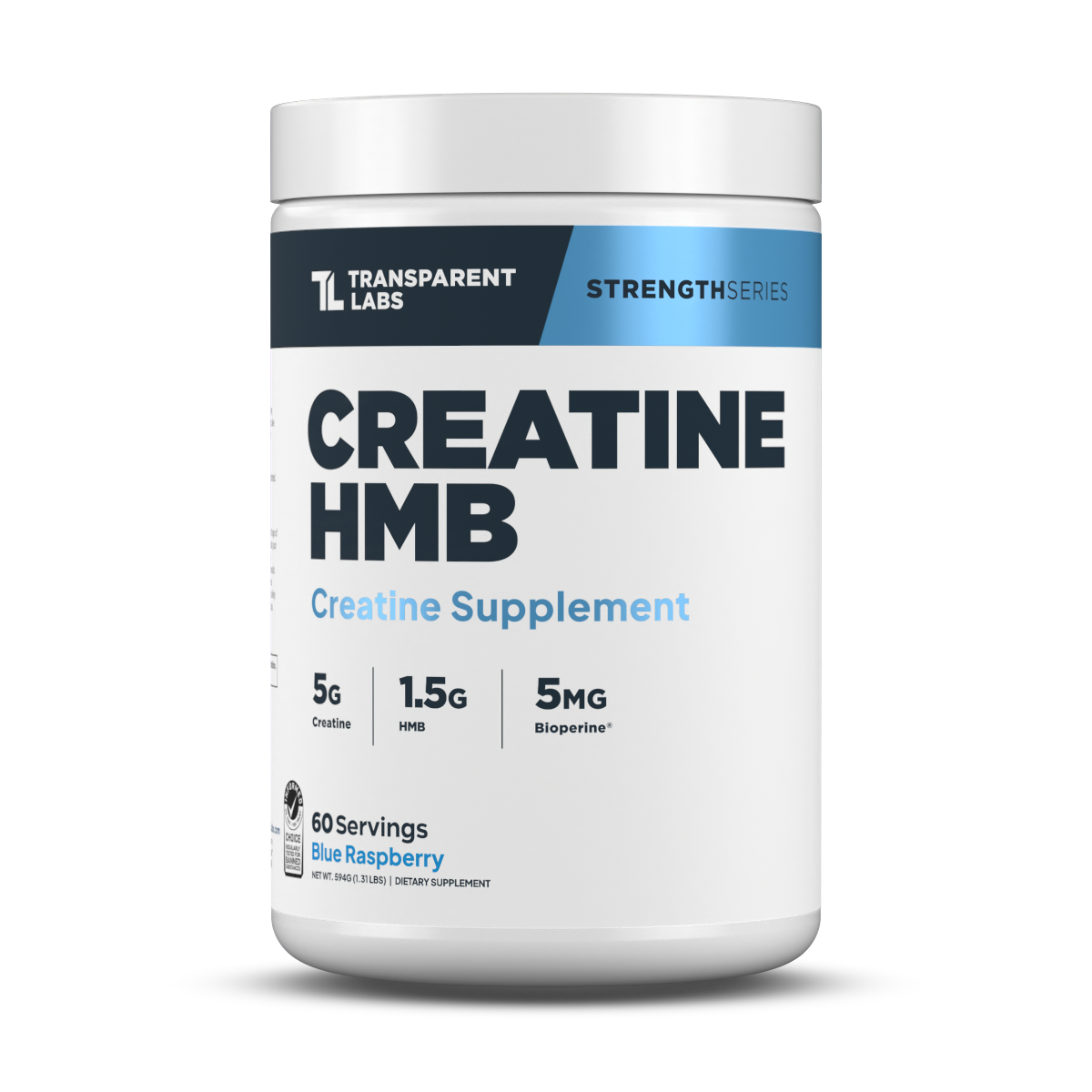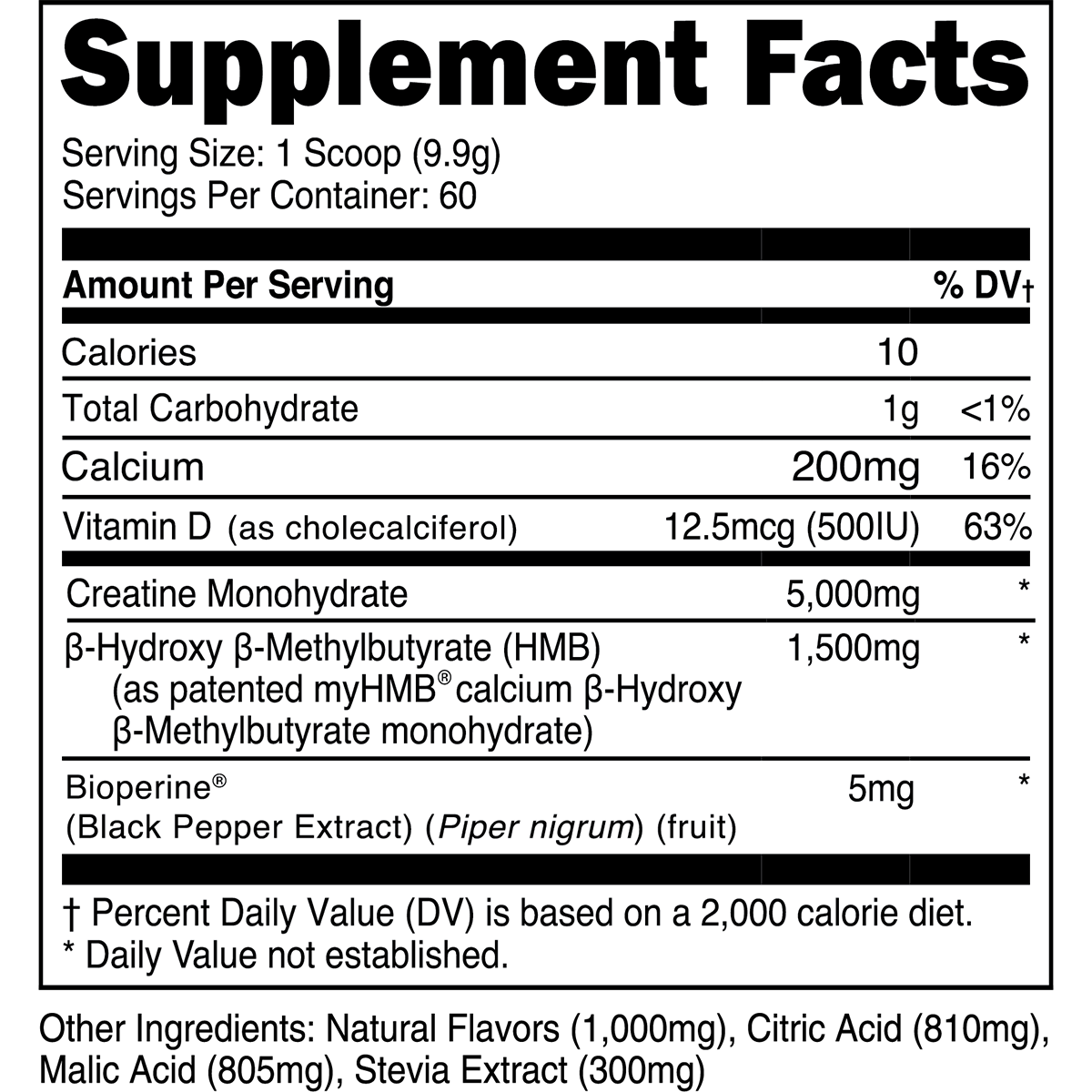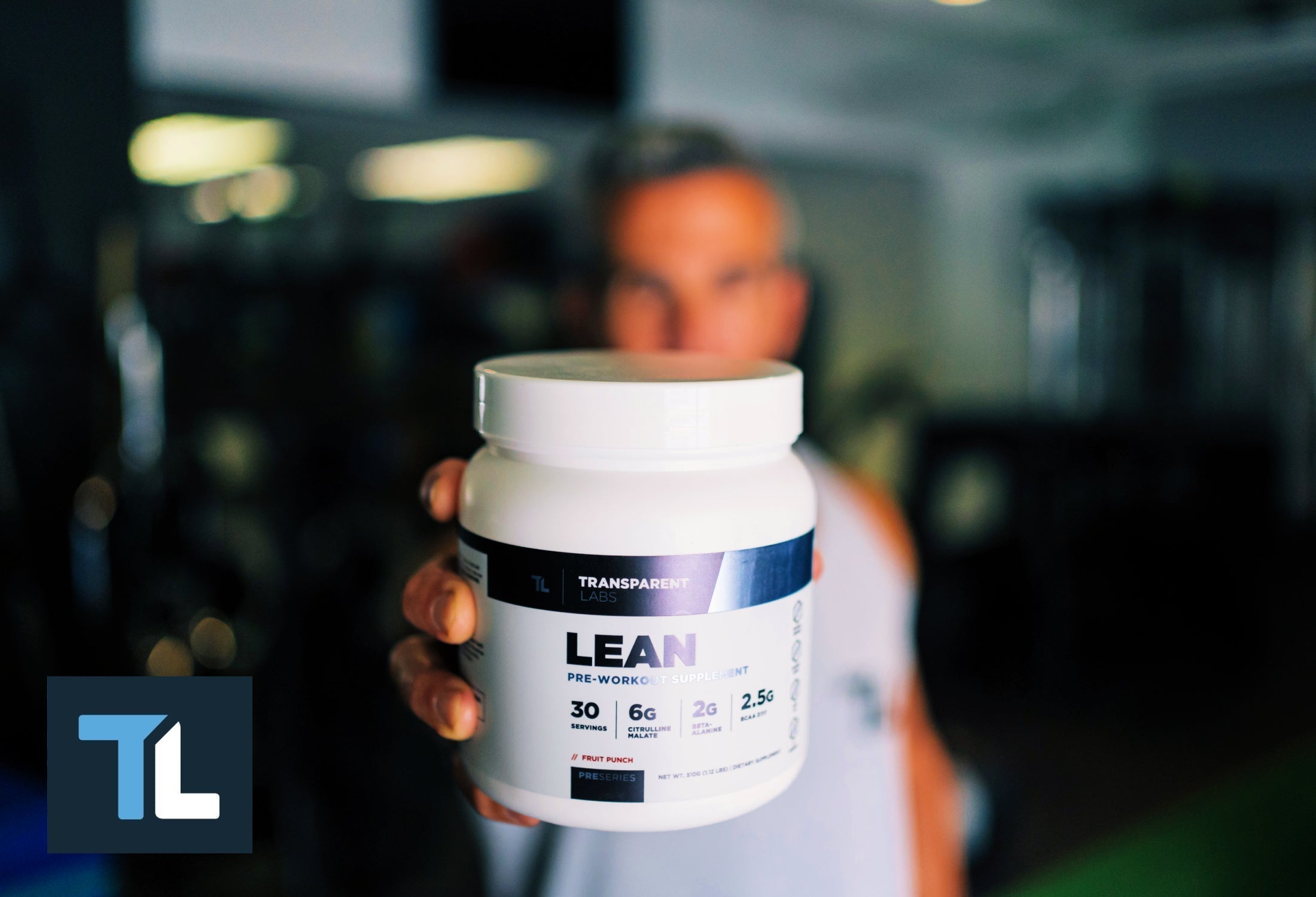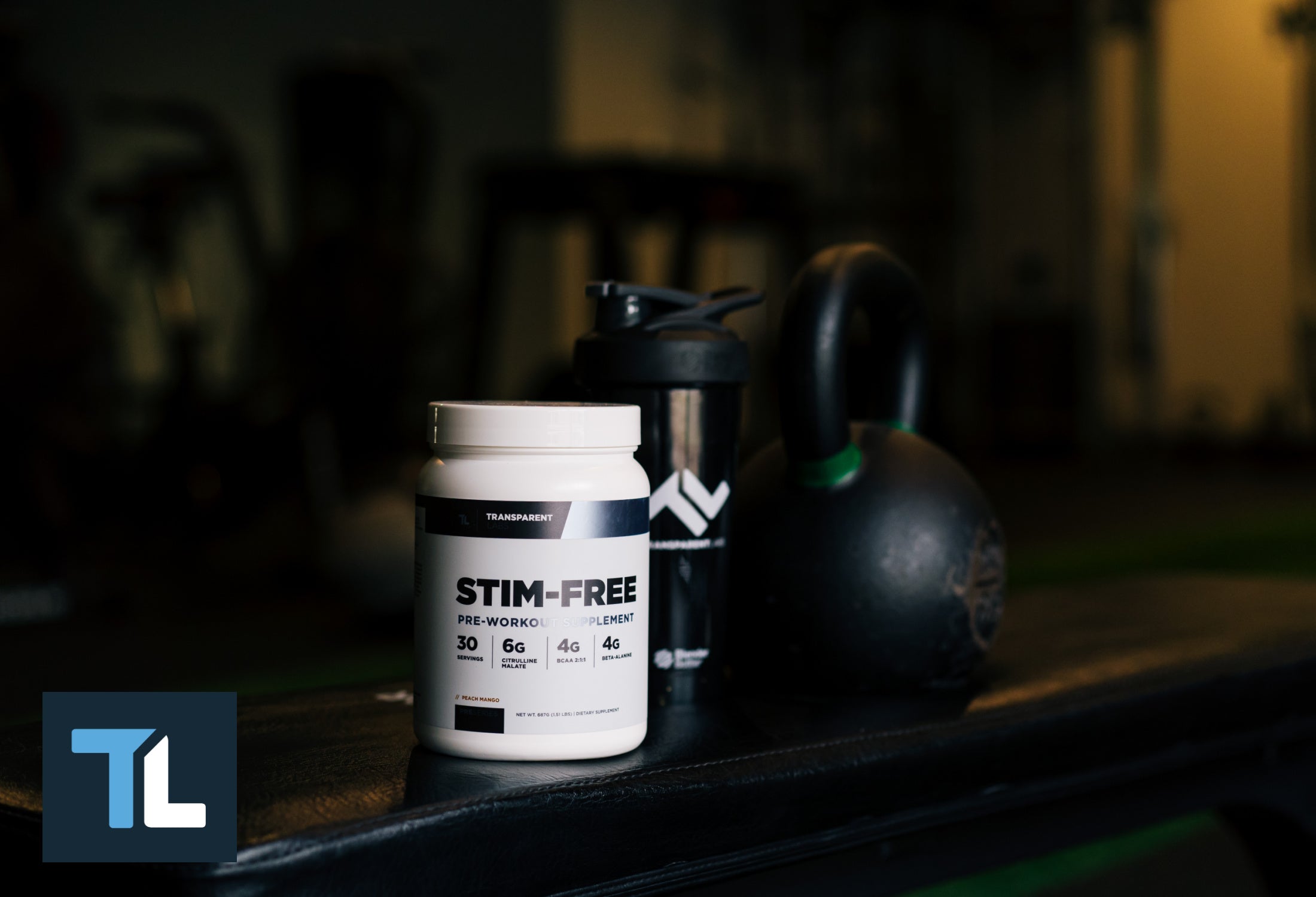Many of the first lessons we learn in the gym come from the older lifters that have been training longer than some of us have been alive. One term you may have heard from these local iron legends would be “muscle memory.” To sum this up, even if you took time away from the gym, you can return to your old form thanks to the concept.
We are going to fill in the blanks on what muscle memory actually is, how it works, and the length of time it may take to regain that muscle you lost compared to the time you took off. If you stick around to the end, we can even help you out with a possible shortcut or two.
What Is Muscle Memory?
We should clarify what exactly we are talking about before going any further. Most medical and research groups define “muscle memory” in reference to a particular and repetitive form of movement patterns, such as walking or writing. The form of muscle memory we are covering here is what the National Academy of Sports Medicine defines as “ability to regain muscle mass in previously trained muscles.” (1)
The concept of muscle memory is thanks in part to satellite cells, a group of cells that lie beneath the muscle fiber’s basal membrane. In spite of not training and losing size, these satellite cells are why it may appear to be easier to regain size you lost than it was to build it to begin with.
The Science Behind Muscle Memory
When we begin training and breaking down muscle fibers, also known as myonuclei, the food we eat and supplements we take help rebuild those fibers. New myonuclei must be added in order for hypertrophy to occur.
The satellite cells that are activated as a prerequisite for muscle growth take a long time to do their job initially, which is why it takes longer to achieve new muscle growth. The good news from that is the myonuclei that is acquired through that process do not go away after detraining (2).
Because they retain that structural memory, they will activate quicker when training resumes, which is why it seems easier and faster to regain the size lost during periods where training is not taking place.
How Long Does It Take to Regain Lost Muscle?
This may lead one to wonder that if lost muscle can be regained, how long will it take? There is no uniform timeline on this because there are several factors involved such as the reason training stopped (injuries vs. choices), age, experience in training, and the consistency in training and nutrition when training restarts.
For example, if you take two weeks off from the gym, but you remain somewhat active during that time, then any loss of muscle would be minimal. However, if you were to take six months off and do very little activity at all, then you will start noticing your clothes don’t fit the same and are not nearly as strong as you once were.
In one study, researchers tested 30 older men by having them perform 12 weeks of regular resistance training, followed by 12 weeks of detraining. They were then put back on another 12 week training program. The study showed that it only took eight weeks for the subjects to reach the point they reached after the first 12 week training cycle. (3)

Does Age or Training Experience Matter?
This shows us that even older lifters can still see the benefits that come with muscle memory, It may seem easier to regain muscle when you are younger, but that does not mean it is impossible to see some improvement in later years.
A key to muscle memory is when you started training initially. If you began training at a younger age and was consistent, then it could serve you well if you are trying to get back in shape later in life. (4) This is likely due to having more myonuclei that was attained during those younger years.
This could be seen as good news for athletes that are coming back to competition or play as well as those “hardgainers” that started out thin and wanted to make significant changes. Just because you stopped, you are not doomed and can return to better form.
What Muscle Memory Can and Can’t Do
It is great to be optimistic about muscle memory and regaining your prior physical shape, but that should not be confused with trying to achieve the impossible. If you were off for months at a time for any reason, you are not going to return to dominance within a week or even a month.
It will not occur as fast as a training montage in a movie, but you can see results the second time around at a faster rate than you did initially. Goals and expectations should be realistic, however. Based on the previously mentioned study, it could be realistic to achieve three months of initial results in two months, or eight weeks compared to 12. That is a rate of two-thirds the time.
So, if you were detrained for six weeks, it may take two or three to get back to where you were. This would be a challenging but realistic goal.
How to Speed Up the Process
This has covered a lot of training principles, but nutrition is going to be vital in the process as well, including prioritizing protein intake with every meal. You also need to reintroduce yourself to training by working at a reduced rate for the first week or even two. After two weeks, you could have a better idea of what you can handle or if you can pick up where you left off.
Recovery is also going to be important to maximize your potential, including staying hydrated, getting quality sleep, and keeping stress to a minimum so you don’t have to deal with cortisol trying to impact your progress.
If you really want to speed up the process, then having a sound supplement plan that is backed by science, including creatine and intra-workout products, will serve you very well.

Final Thoughts
If you have been away from the gym and are just now getting back into training, then this should give you some hope that you can regain some of your gains. It will not be an overnight process, just like it wasn’t the first time around. However, the human body is an amazing thing, and it can adapt over time.
If you want to take advantage of those shortcuts we covered earlier, then Transparent Labs is the destination to get your hands on the best ingredients and formulas to help you rediscover the best version of yourself. Your comeback can be a great one, and we would love to be a small part of it.
References
-
National Academy of Sports Medicine - https://blog.nasm.org/muscle-memory
-
Myonuclei acquired by overload exercise precede hypertrophy and are not lost on detraining. J C Bruusgaard 1, I B Johansen 1, I M Egner 1, Z A Rana 1, K Gundersen 1,1 https://pmc.ncbi.nlm.nih.gov/articles/PMC2930527/
-
The effect of resistance training, detraining and retraining on muscle strength and power, myofibre size, satellite cells and myonuclei in older men, Author links open overlay panel. Sara Blocquiaux a, Tatiane Gorski b, Evelien Van Roie a, Monique Ramaekers c, Ruud Van Thienen c, Henri Nielens d e, Christophe Delecluse a, Katrien De Bock b, Martine Thomis a https://www.sciencedirect.com/science/article/pii/S0531556519307806
Muscle memory: virtues of your youth? K Gundersen 1,✉, J C Bruusgaard 1, I M Egner 1, E Eftestøl 1, M Bengtsen 1 https://pmc.ncbi.nlm.nih.gov/articles/PMC6138283/

